May 26, 2019
Martha O'Kennon
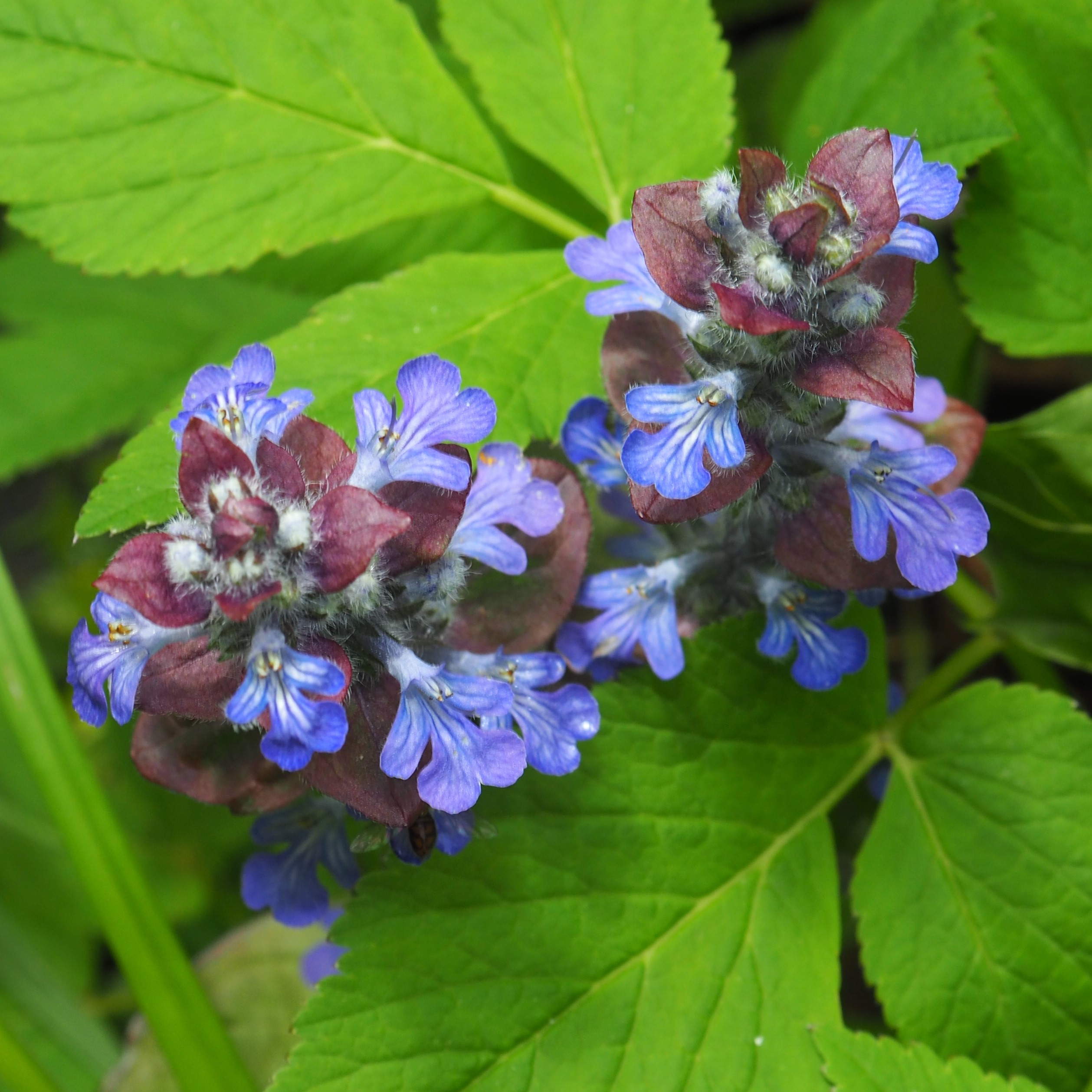
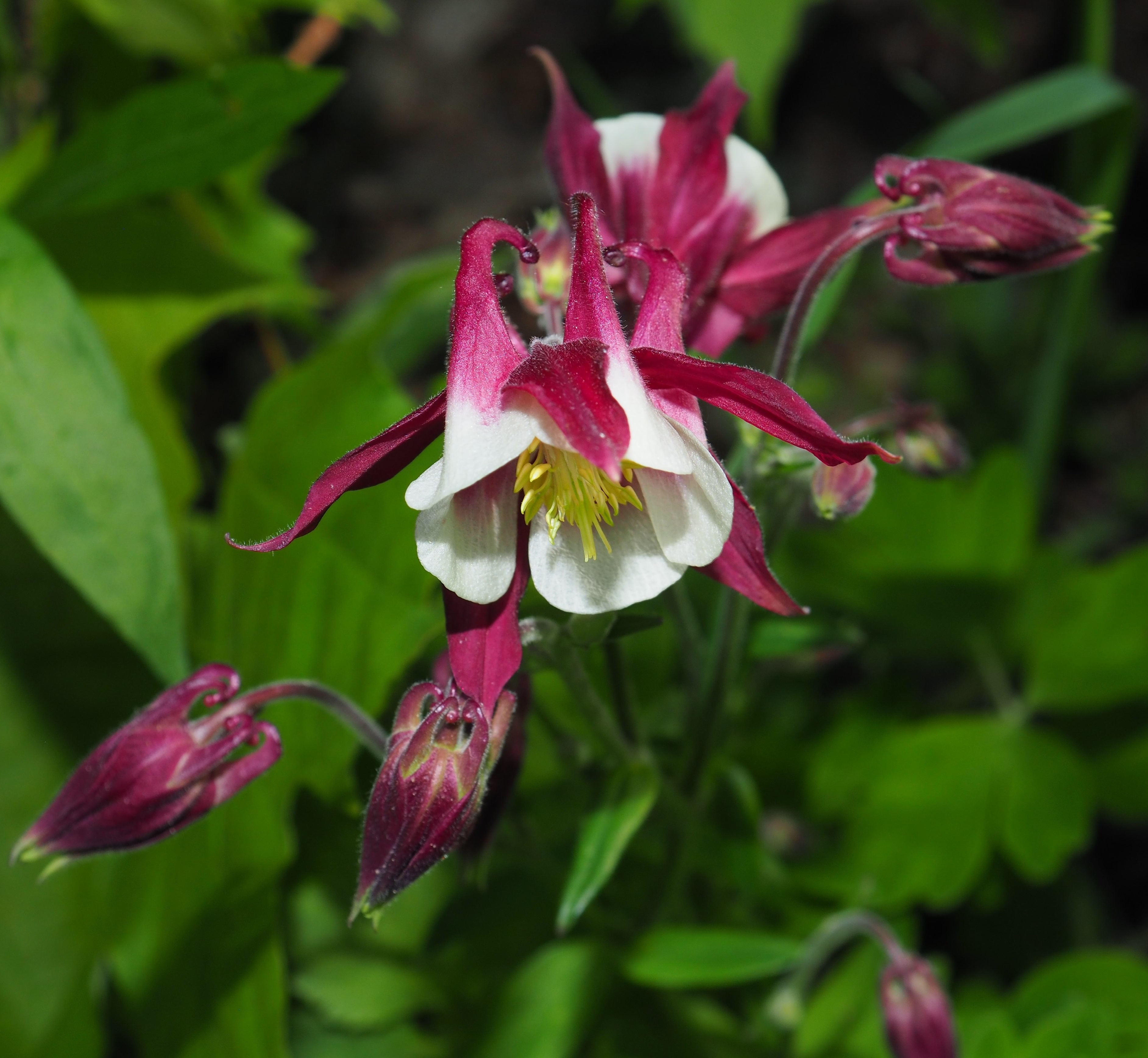

Here are a few of the little flowering plants that are now under weeds and just need to be looked for! The blue flowers are Ajuga, and then comes an old Columbine that was here when I moved in in 1986. Finally, the mauve version of Dame's Rocket, which also comes in white.
Remember that there is information in the name of the file for each image. You can see it by mousing over the image - look at the lower left of the screen. Or you can click on the image to get to the (usually) larger image. Then the info is displayed in the address line above. Sometimes the second click will actually display a different view of the original image.
Ants first as usual! Here is an Eastern Black Carpenter Ant traveling in the earth near the shop, then another on the shop siding. I don't recognize the brown one in the last picture. Brown isn't usually worn here. Black, red, etc yes.

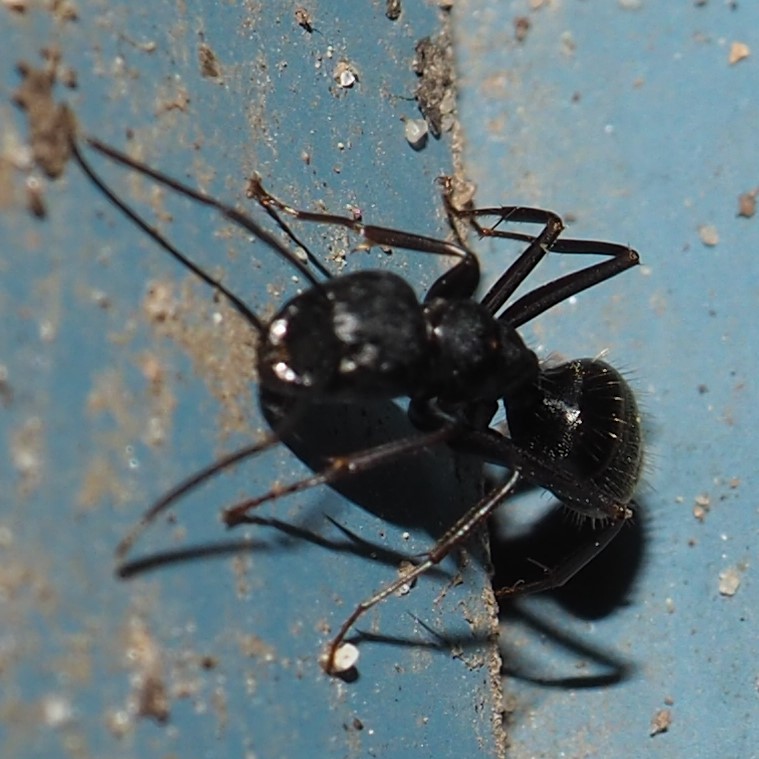
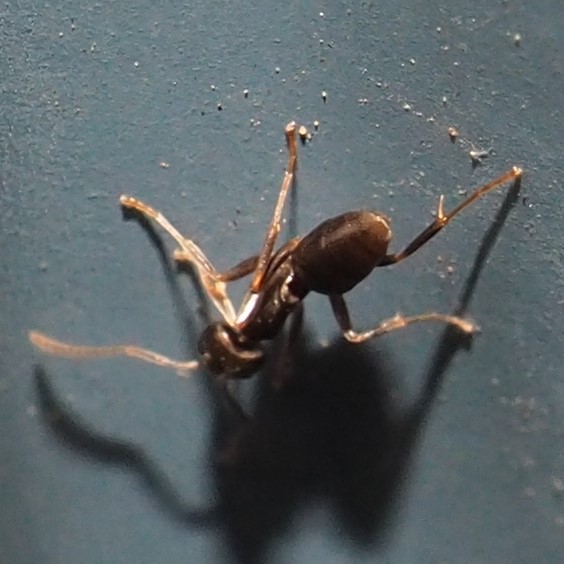
This first one may be a Smaller Carpenter Ant, but I'm not so sure. That's a lot of red. On the first vulnerable Oak leaves there are lots of Small Honey Ants. But this third one looks sort of like a cross between a Small Honey and an Acrobat, if you go by the heart-shaped abdomen (or gaster, as the big boys say).
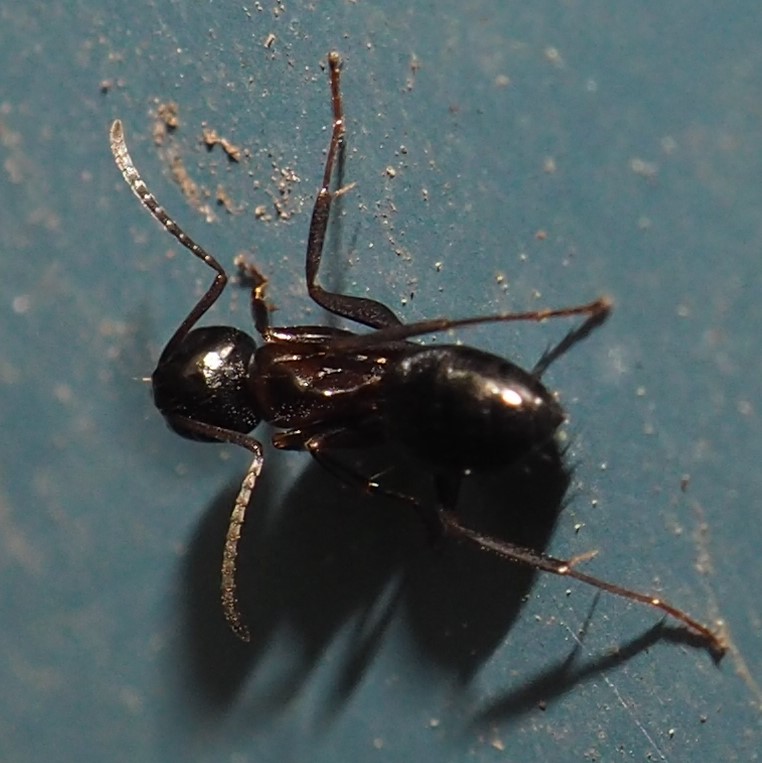
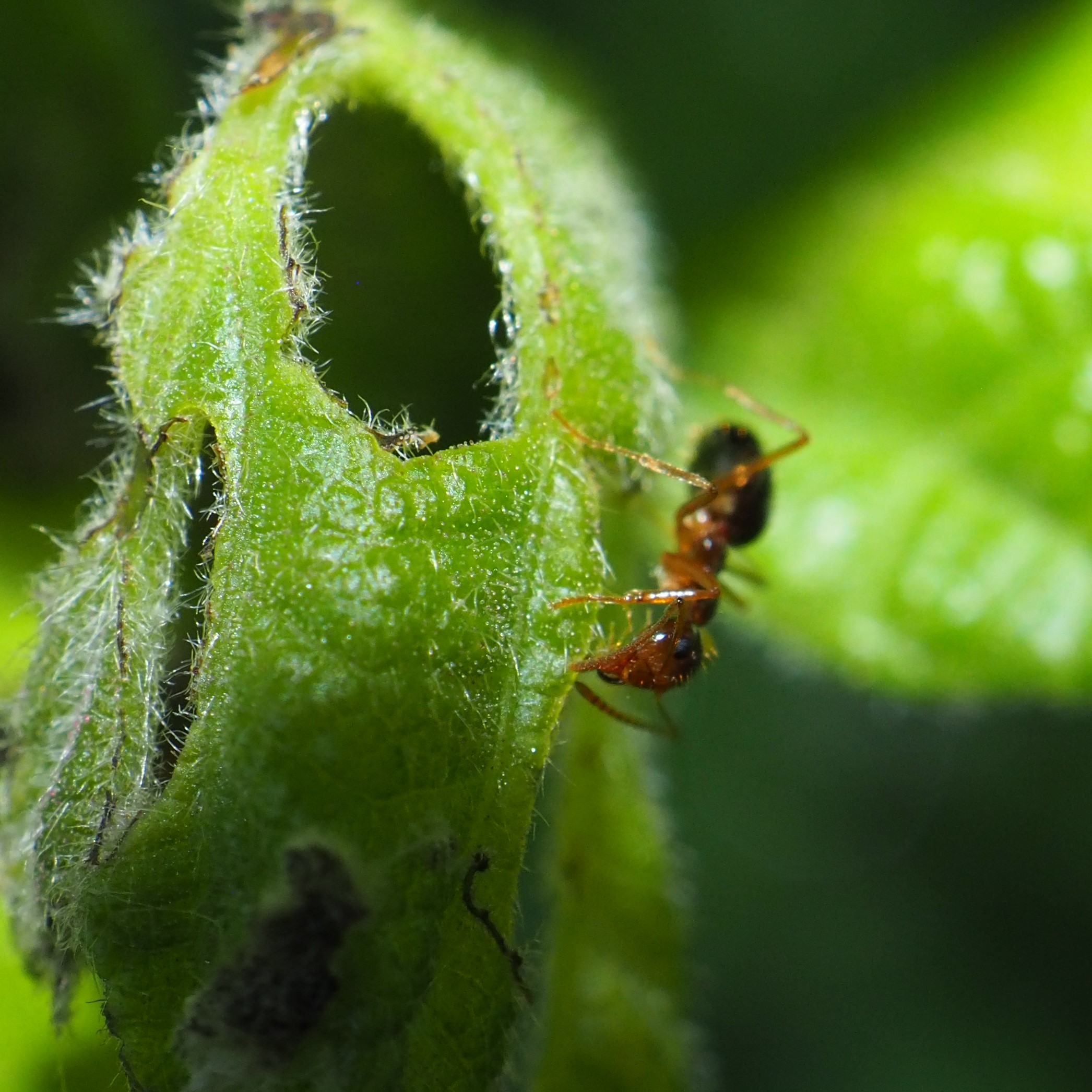
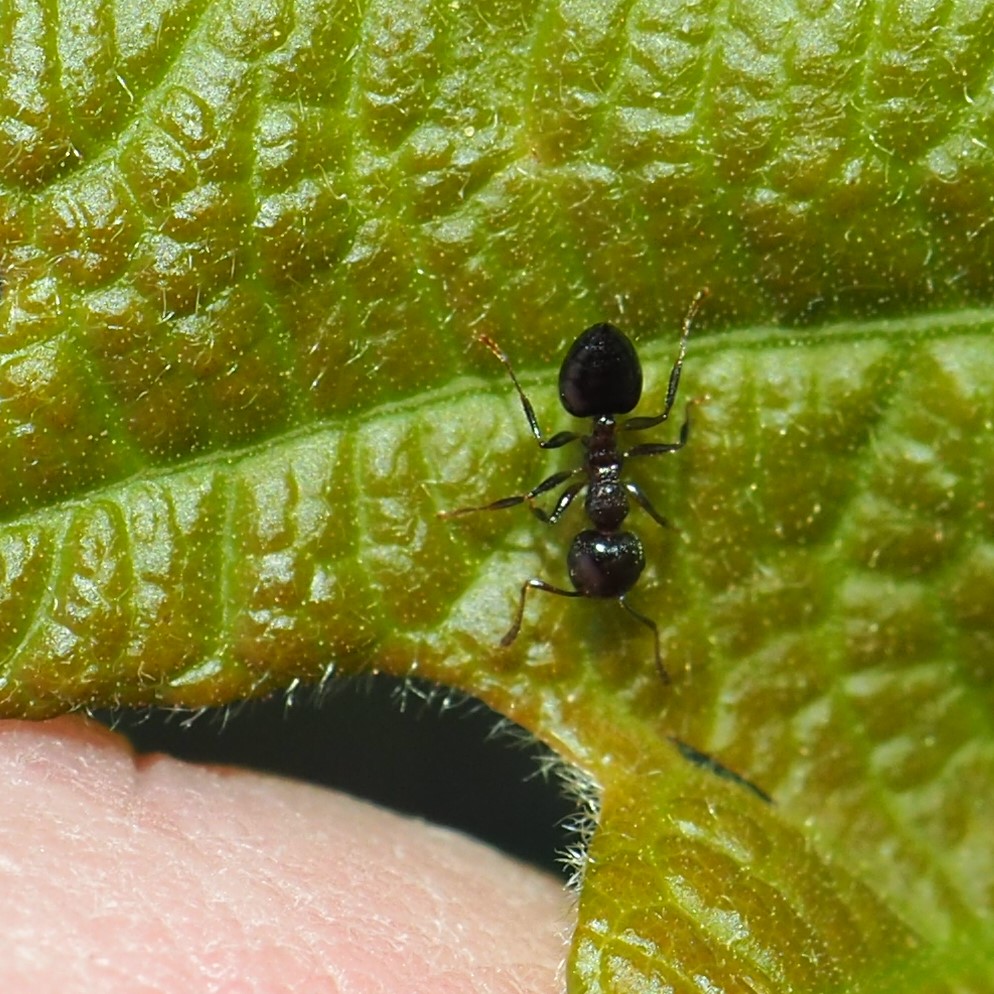
This character (God, I love that attitude!) is from Genus Formica, and as Steven Wang says, is in the pallidefulva species group, and may be Formica pallidefulva itself. did I say I love that Mack the Knife pose? Here it is again.
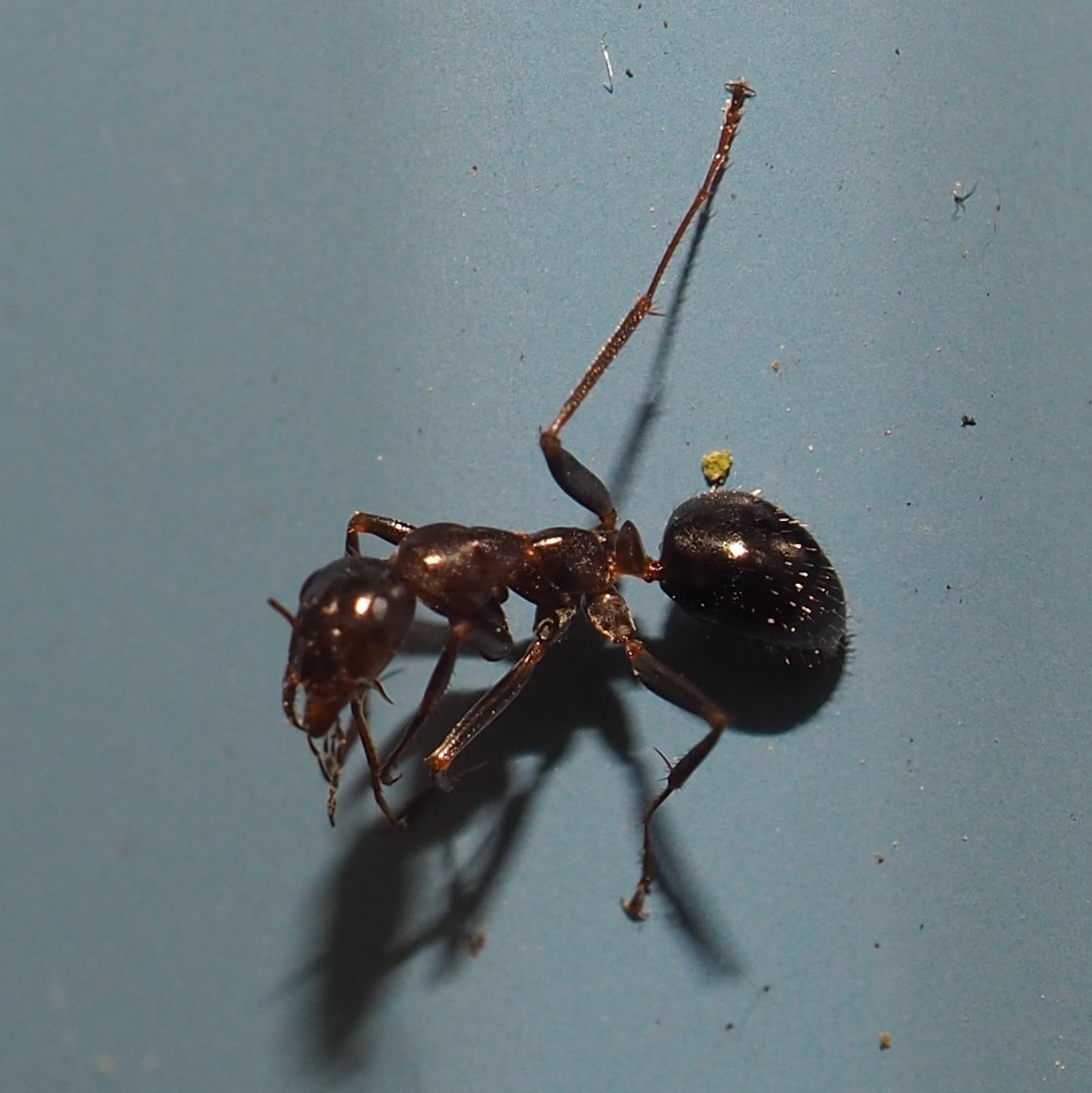
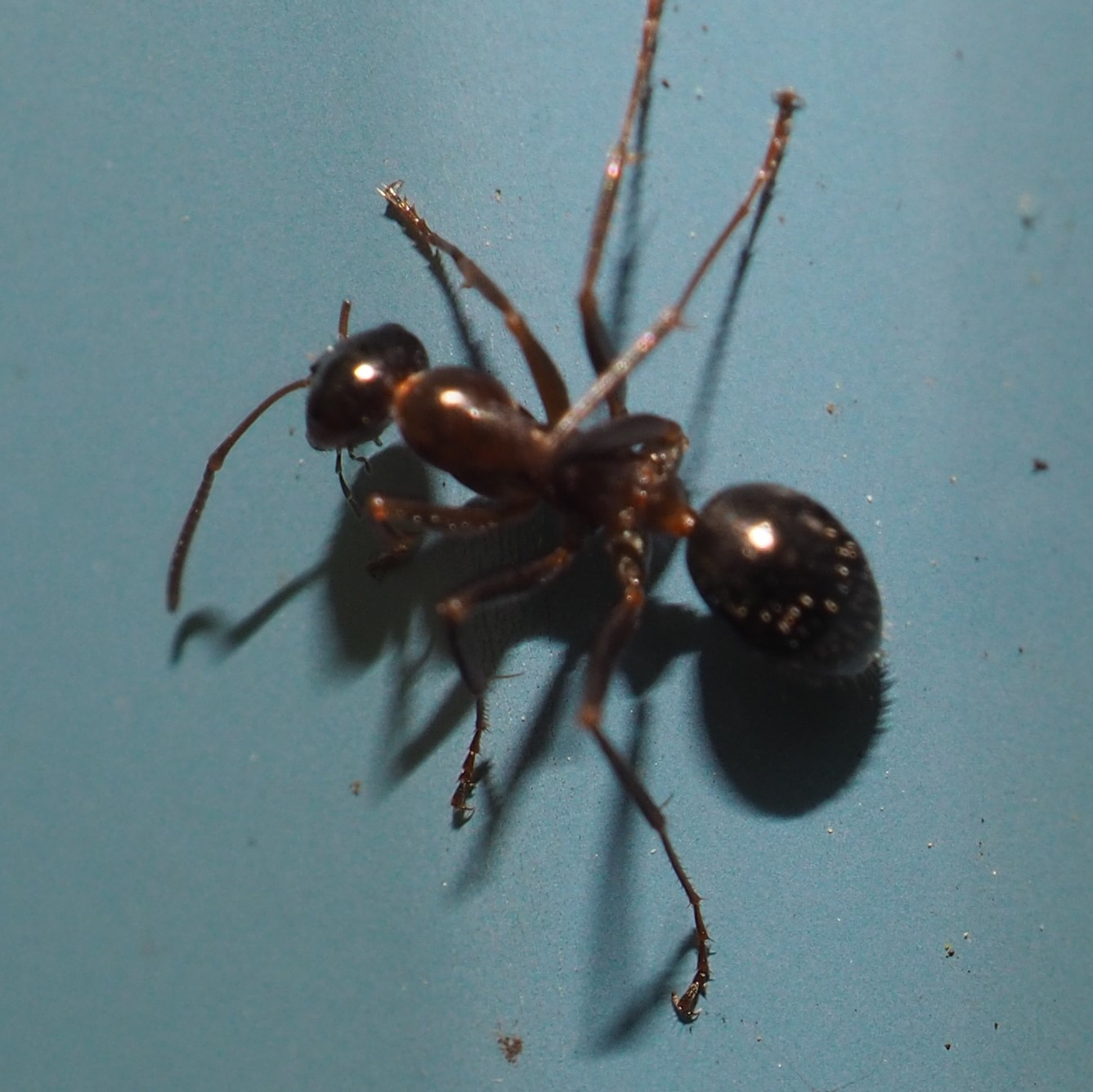
A bright yellow Aphid (Psyllid? but I am thinking aphid). And what is most likely a Psyllid (picture 2). The reason I'm thinking Psyllid is the resemblance in the shape of the head to Livia vernalis (a Flat-headed Psyllid), which I saw May 5 as an adult (picture 3).
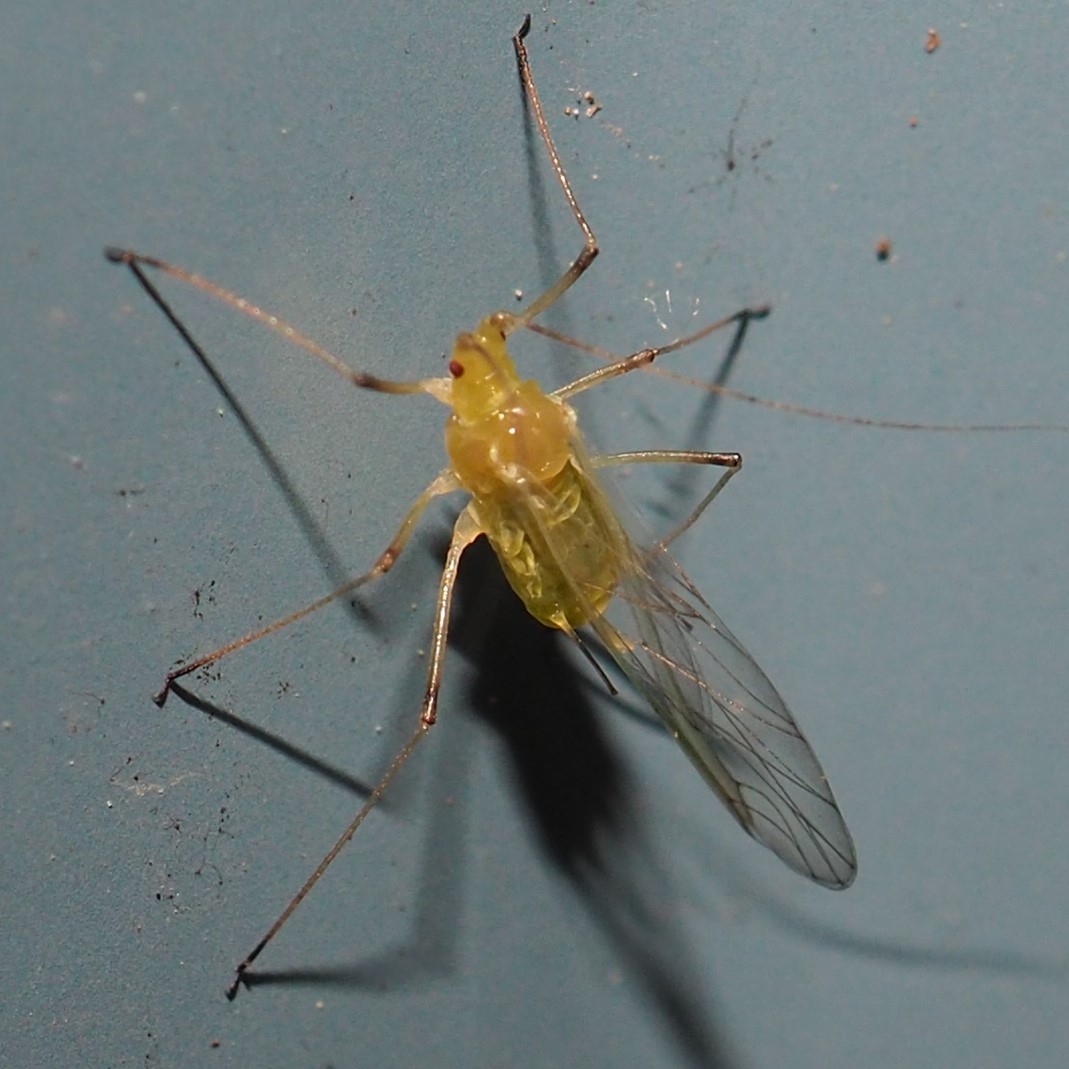
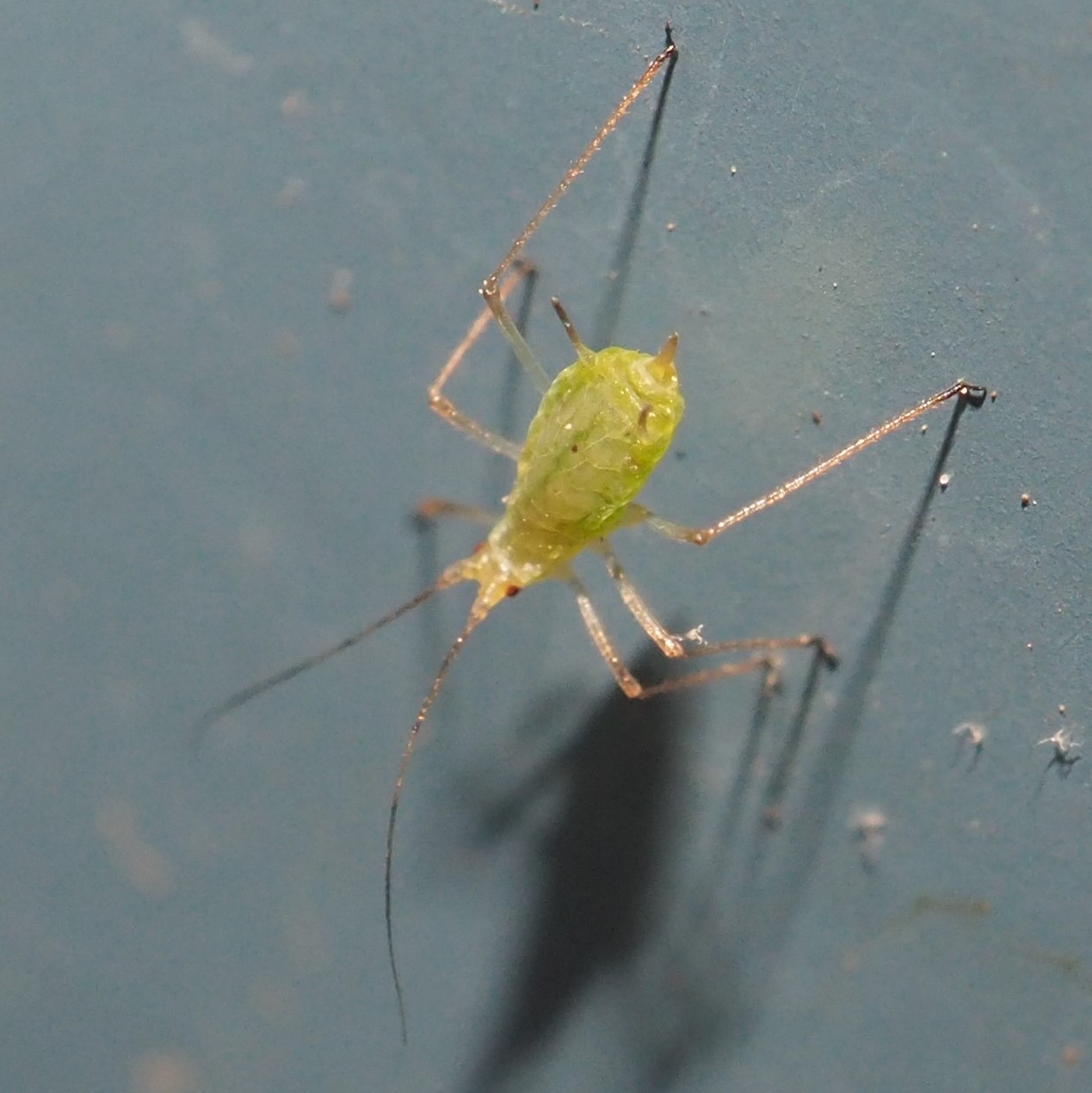
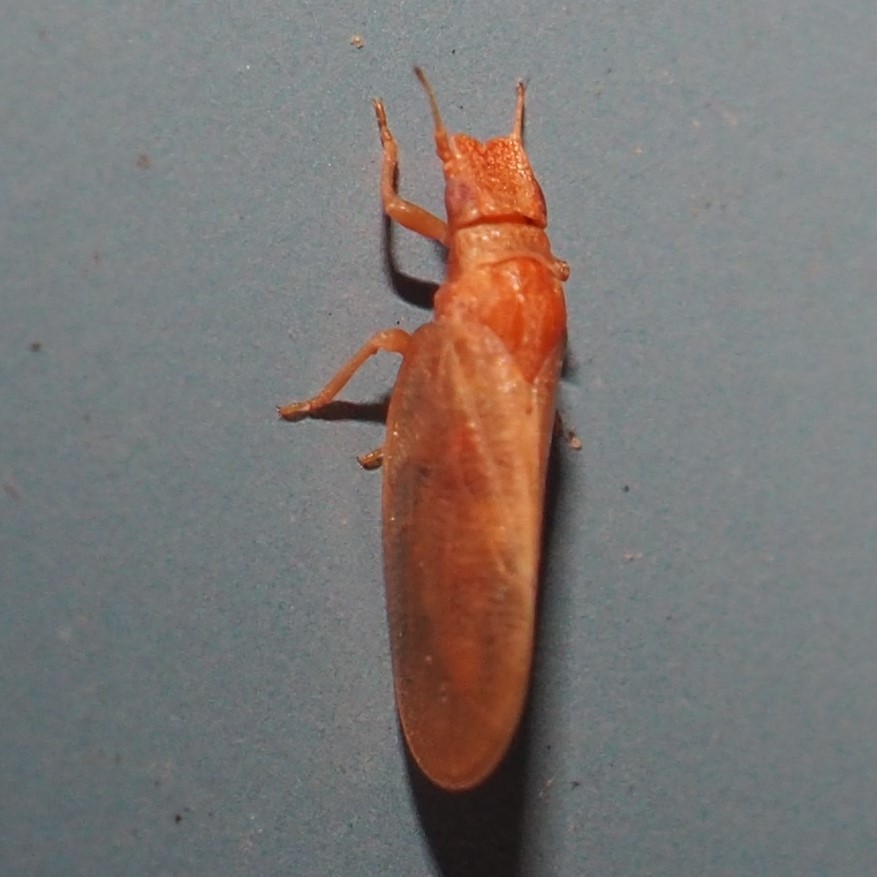
We have been discussing the drop-off of bees from the insect palate, but in fact this spring I've seen more potentially different species. The Forget-me-nots attract more than their share of different-looking bees. First looks like a Honey Bee, probably Western. Then a mystery to me, this one with a black abdomen. Then one with a striped abdomen (pictures 3 and 4).
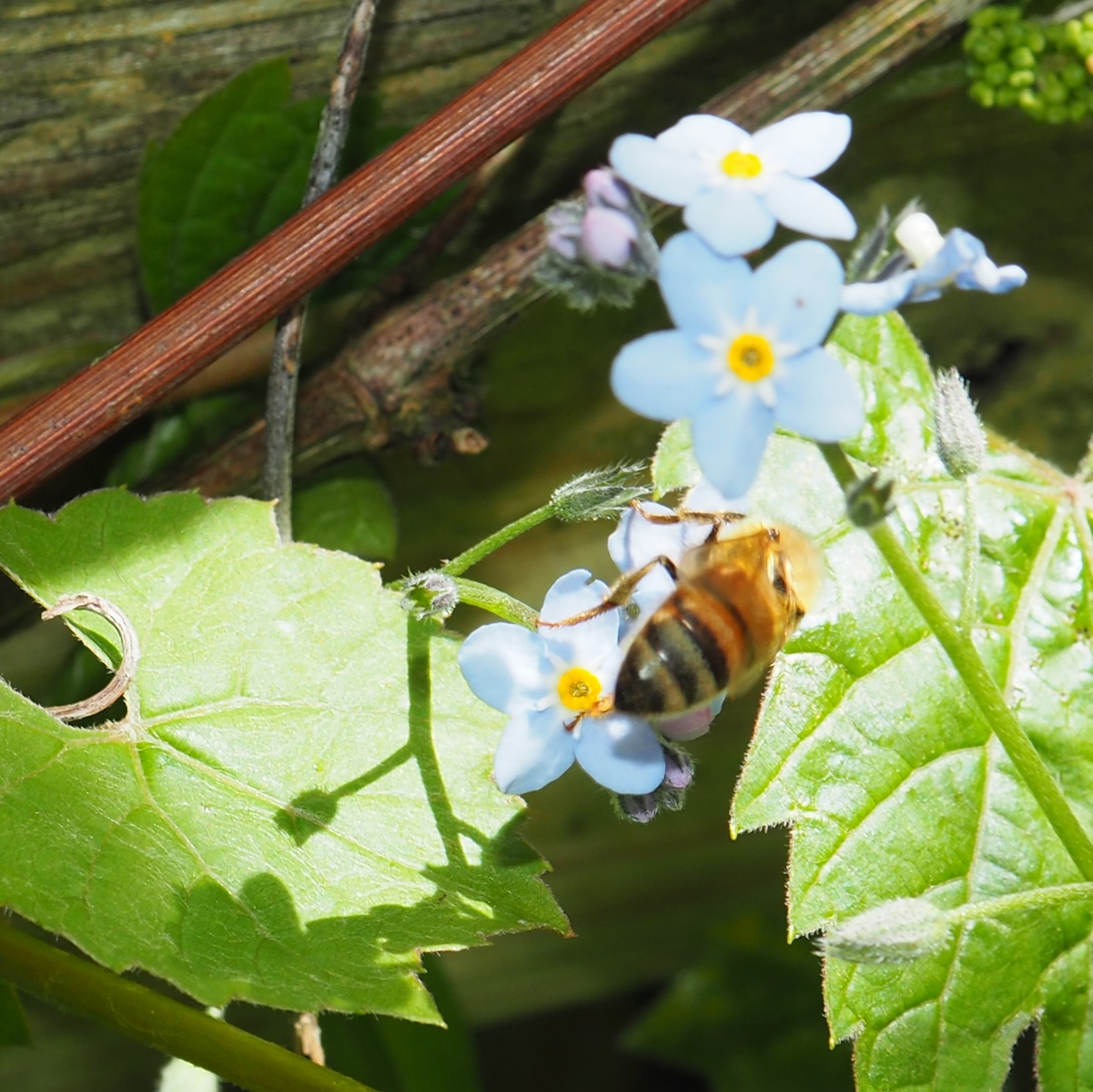
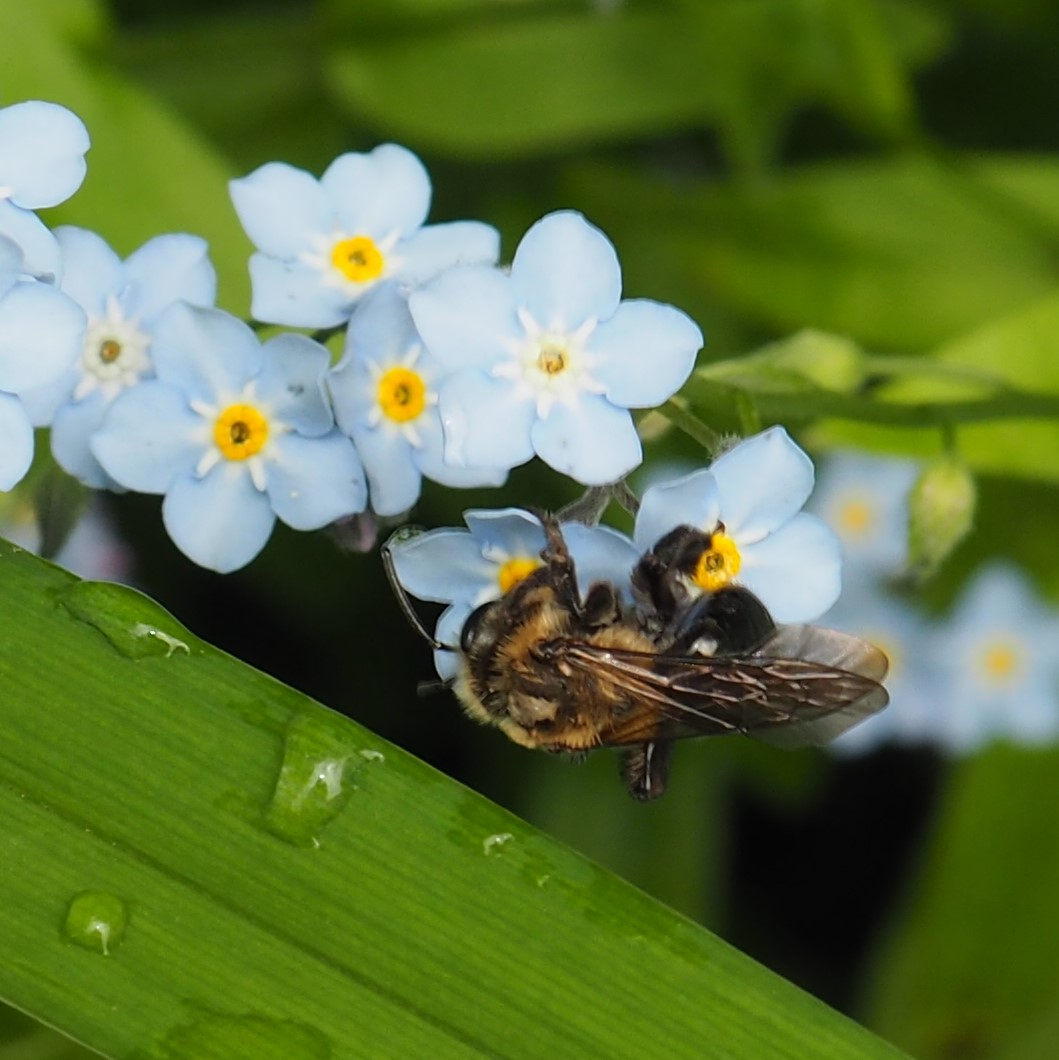
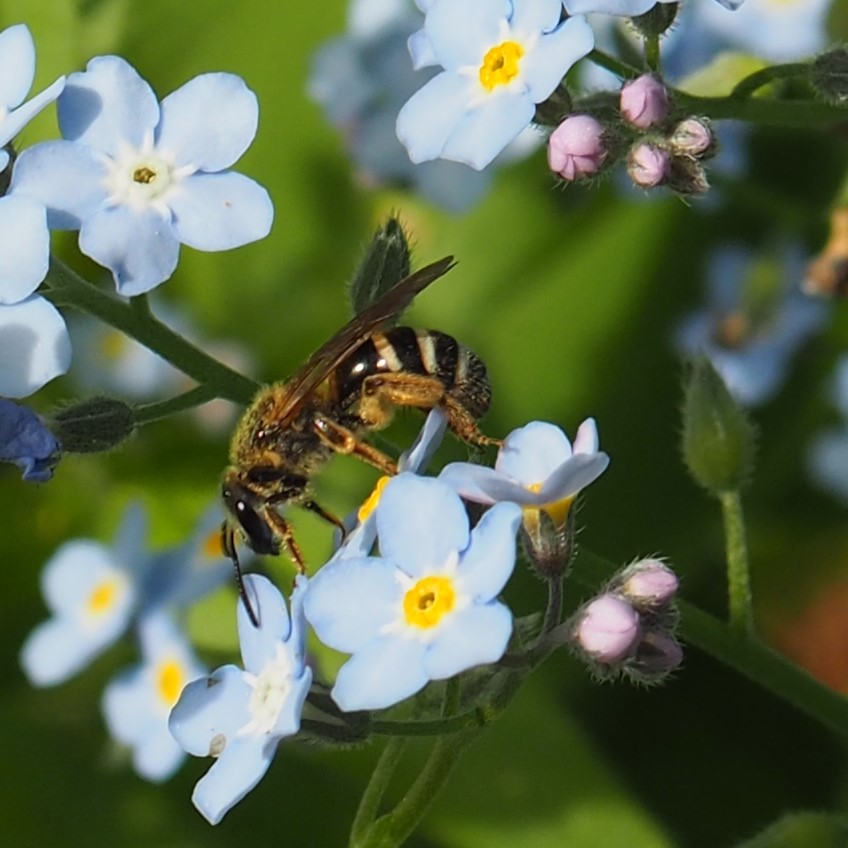
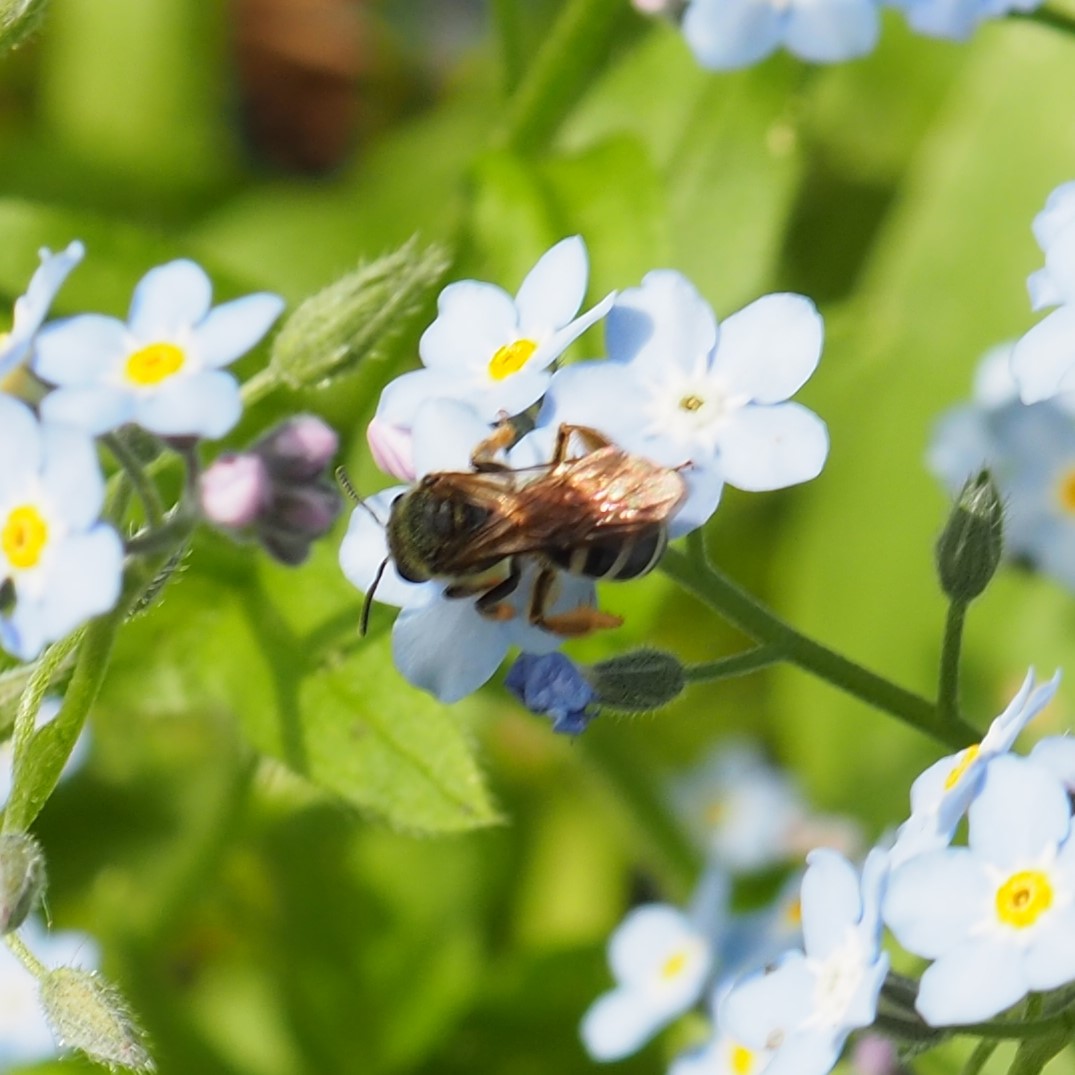
Another mystery, this time on a Golden Wood Poppy (two shots). The third image is of a bee, NOPE - a Fly! A hover-fly that doesn't look unlike a bee.
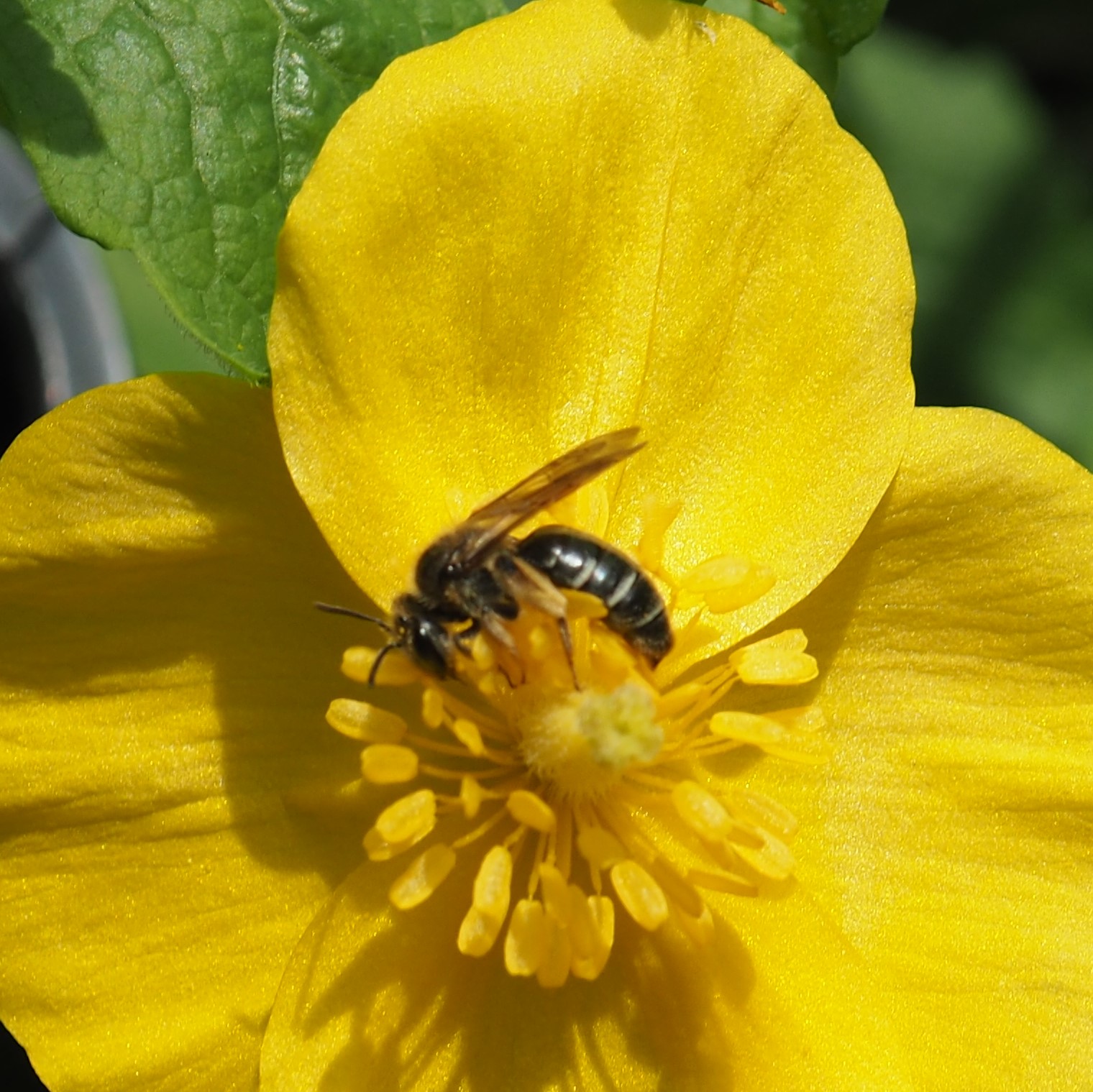
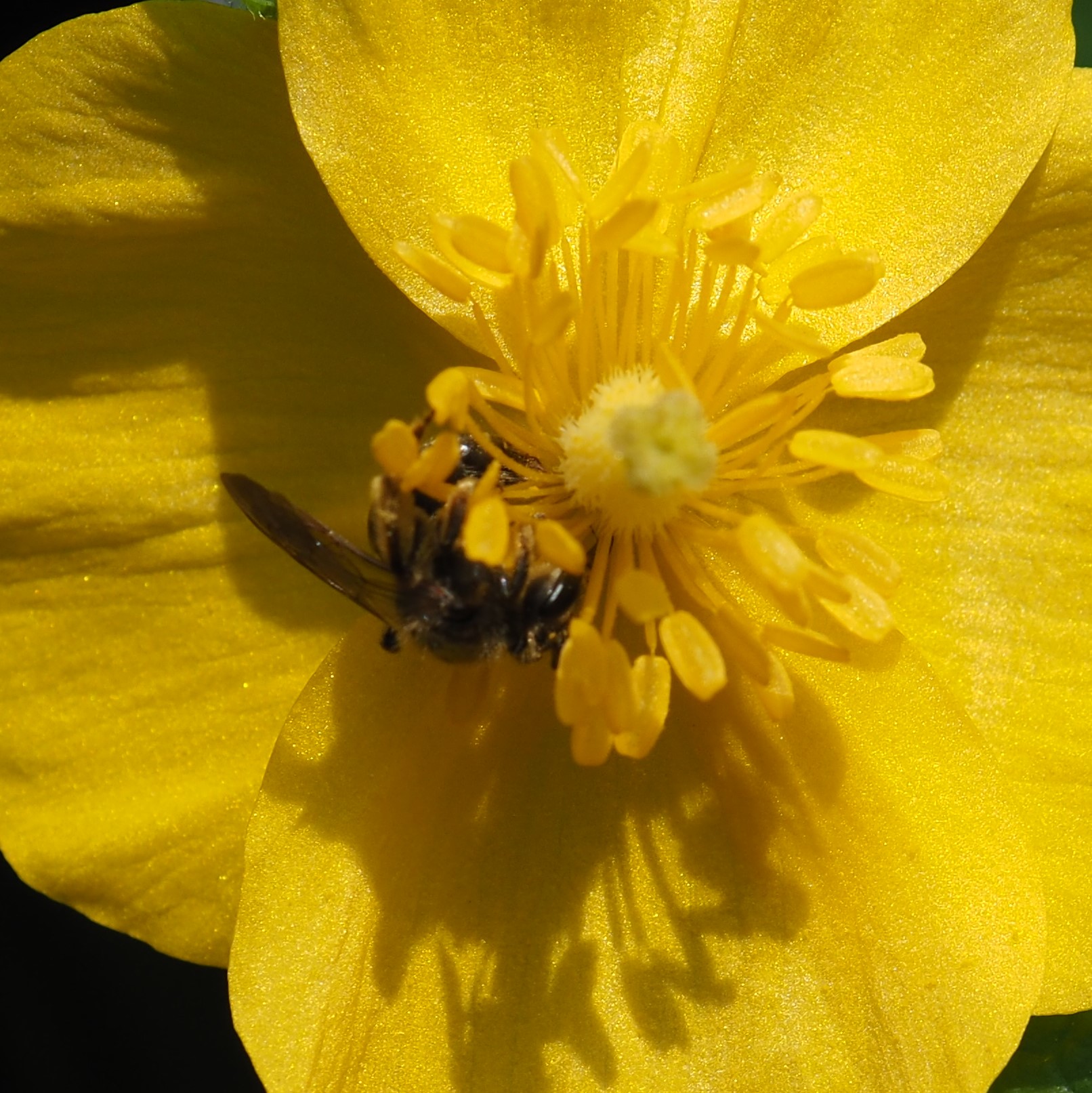

The green metallic bees always confuse me. Since these fellows all showed up within a minute of each other, I believe they are all the same. They may be Green Sweat Bees. What a color!
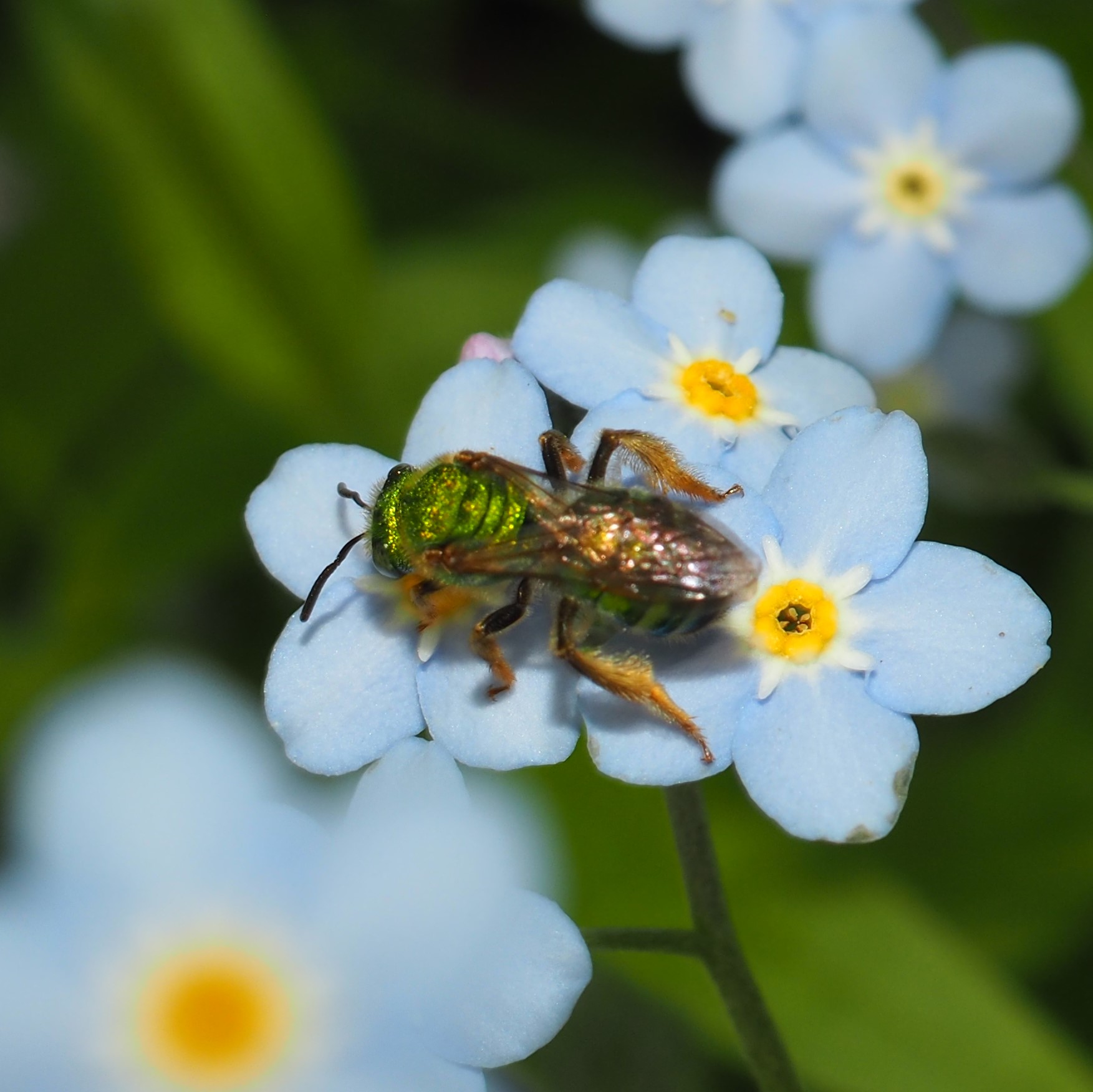
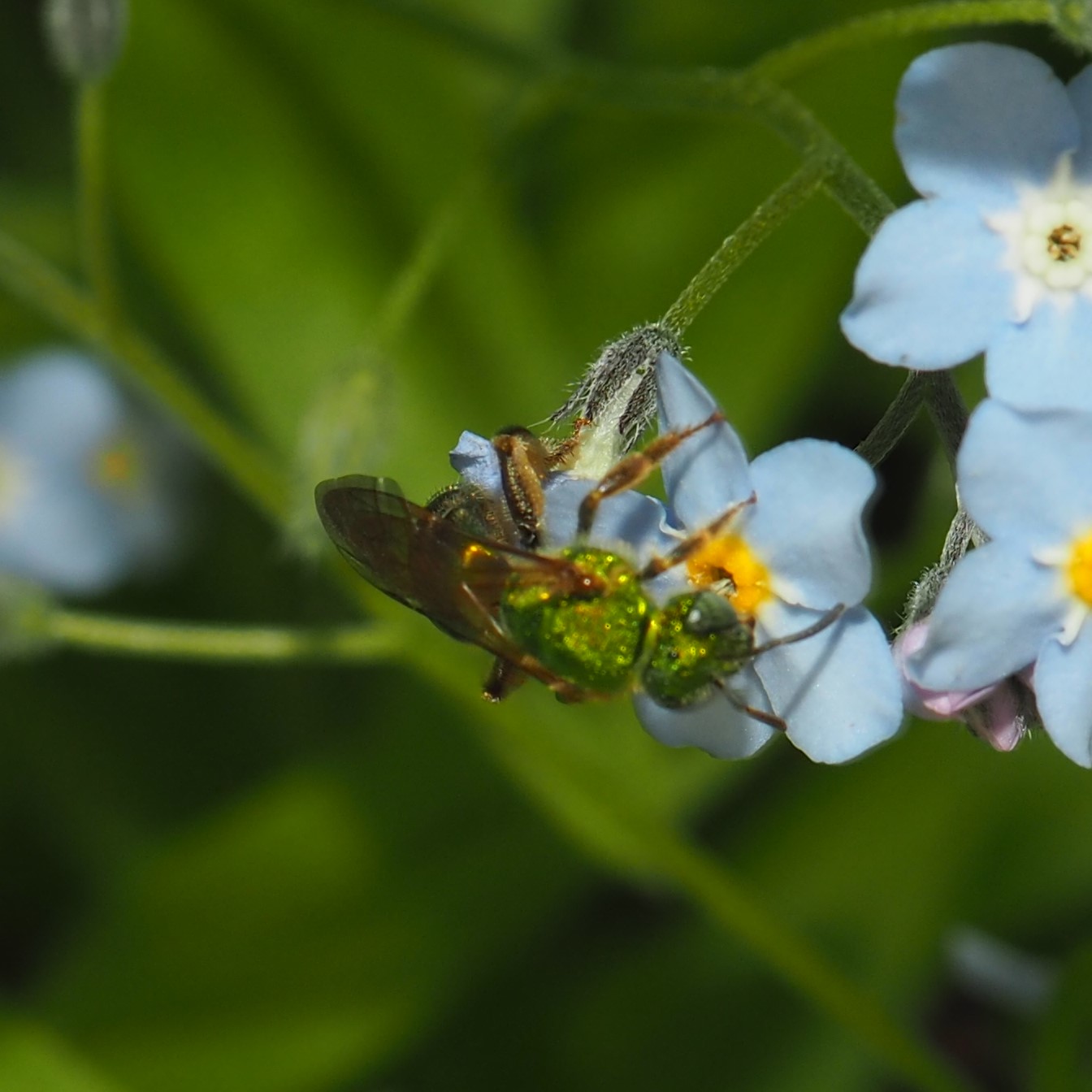
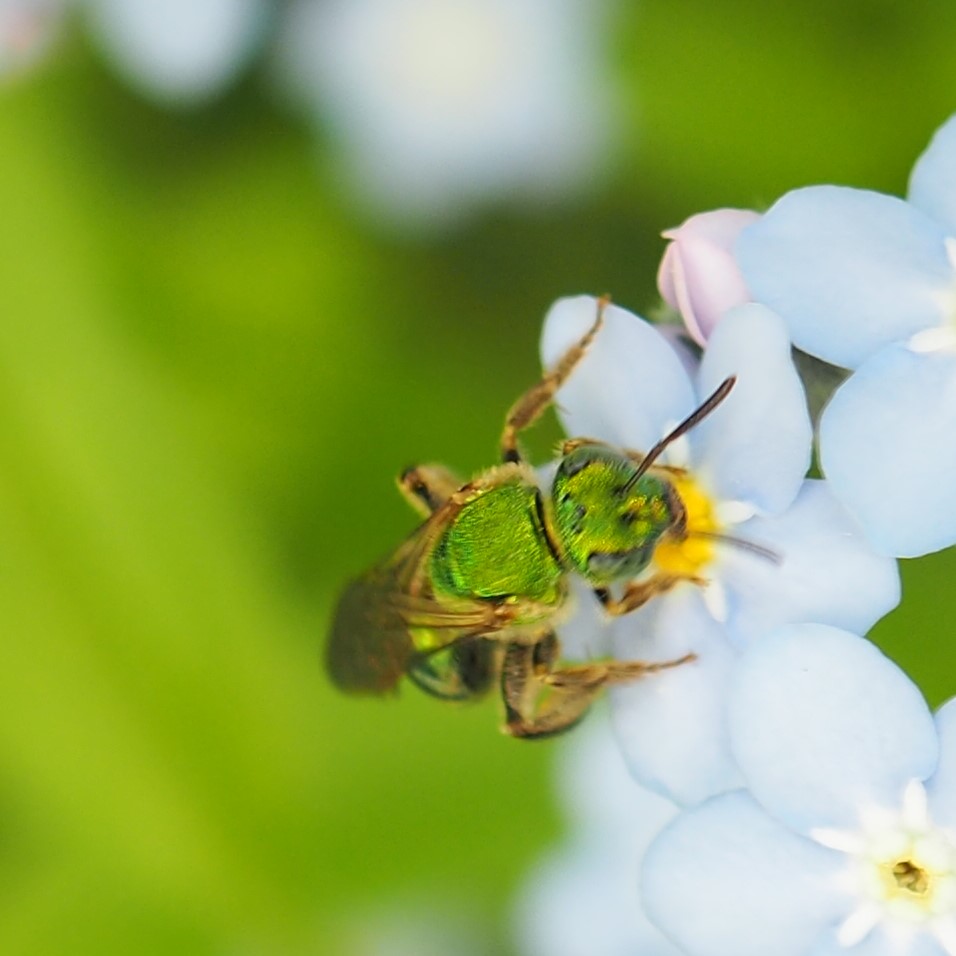
The Nomad Bees form a genus with several species, but all of these photos were taken within minutes of each other and seem to be the same species.
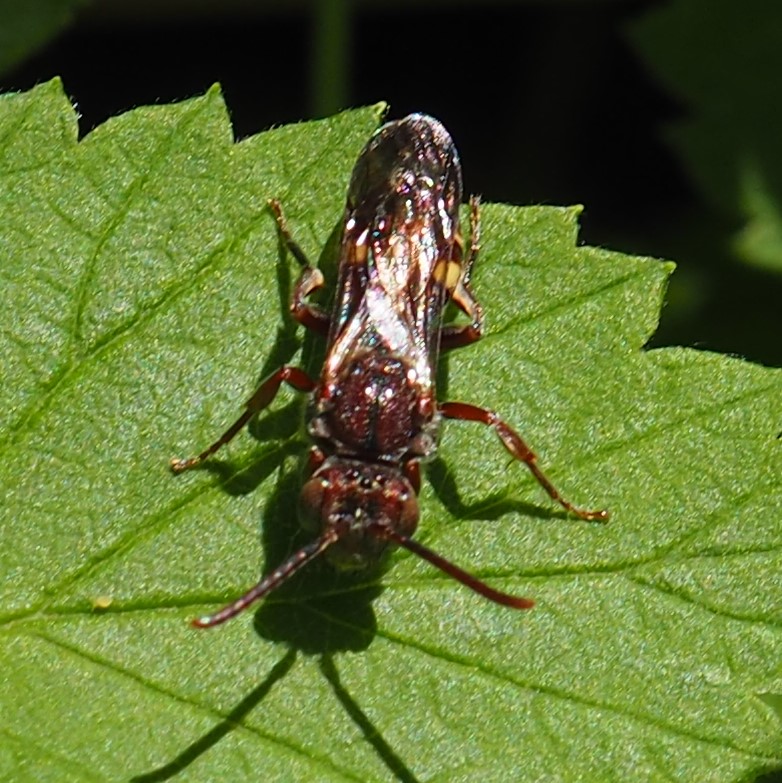

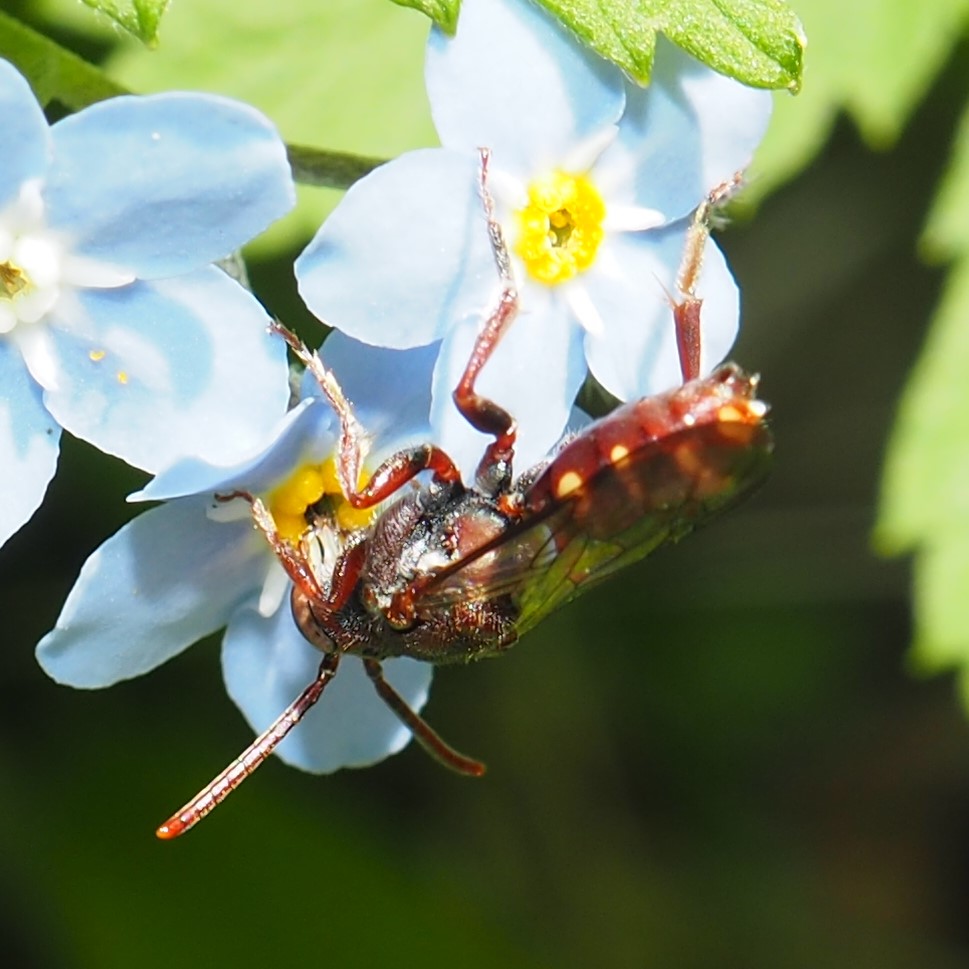
Finally to the beetles! These first two look as if one was stretched into the other, but I think that is a fantasy. The next is the first Asian Lady Beetle I've seen for a long time.
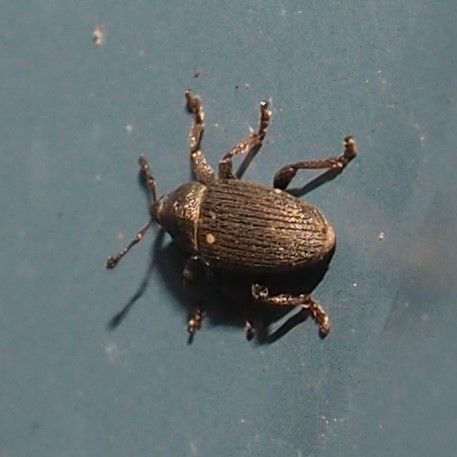
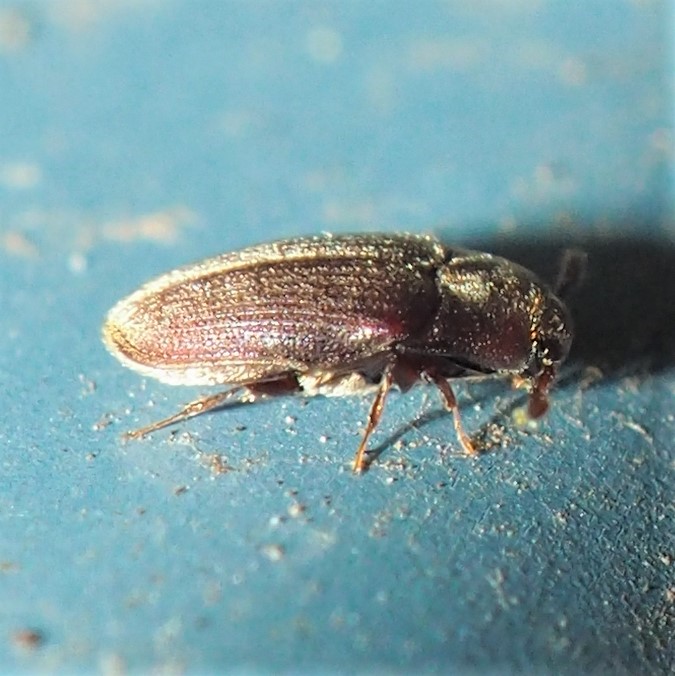

Here is a beautifully colored beetle which I have only just sent in for ID. Second is a mystery and only partly because it came out dark. Look at those big clubs on the antennae. Third is one that looks familiar with these orange spots.


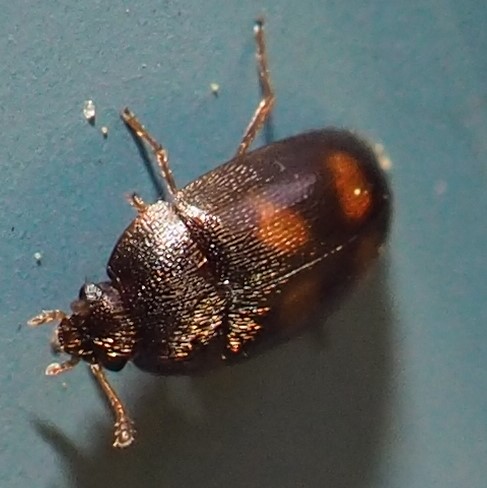
Another beetle with strangely shaped orange spots, then a reddish-brown one. Both are mysteries to me. Last is a weevil of some sort.
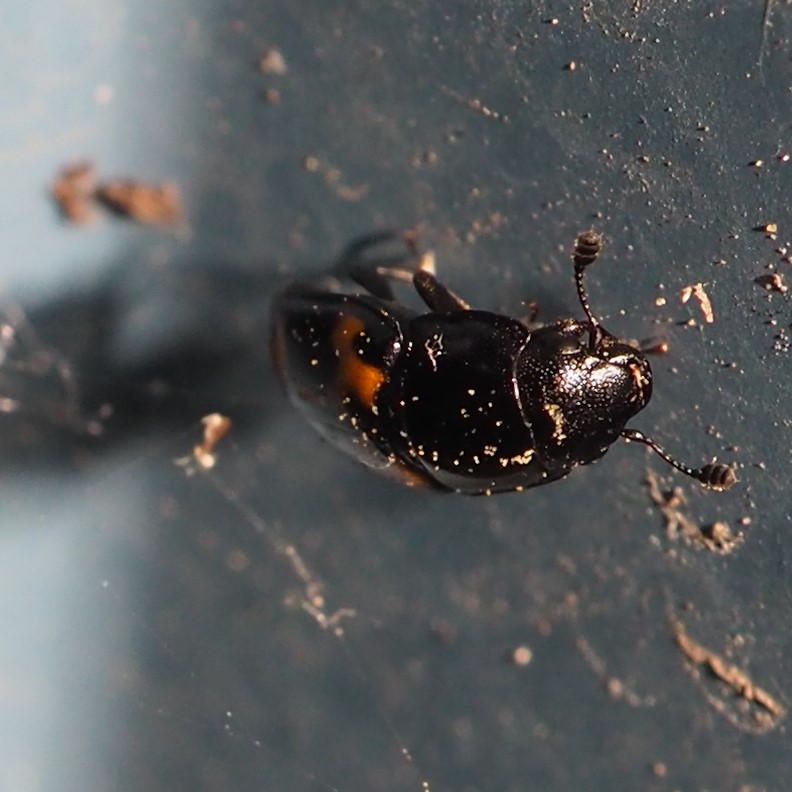
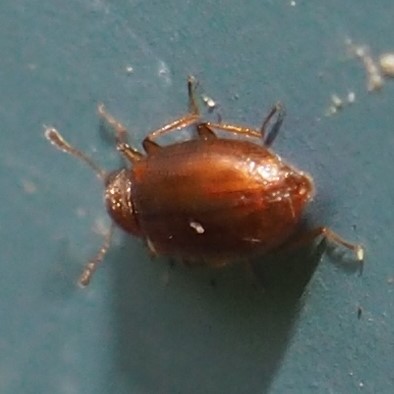

Down deep in a tiger lily plant there were two tiny beetles mating (I think). But when I broke off part of the leaves to get a better view, I ended up with two very different-looking things. These look more like one of the Oulema genus. The last image was made upping the hue and saturation, and is pretty but prettier than the original too. :-)
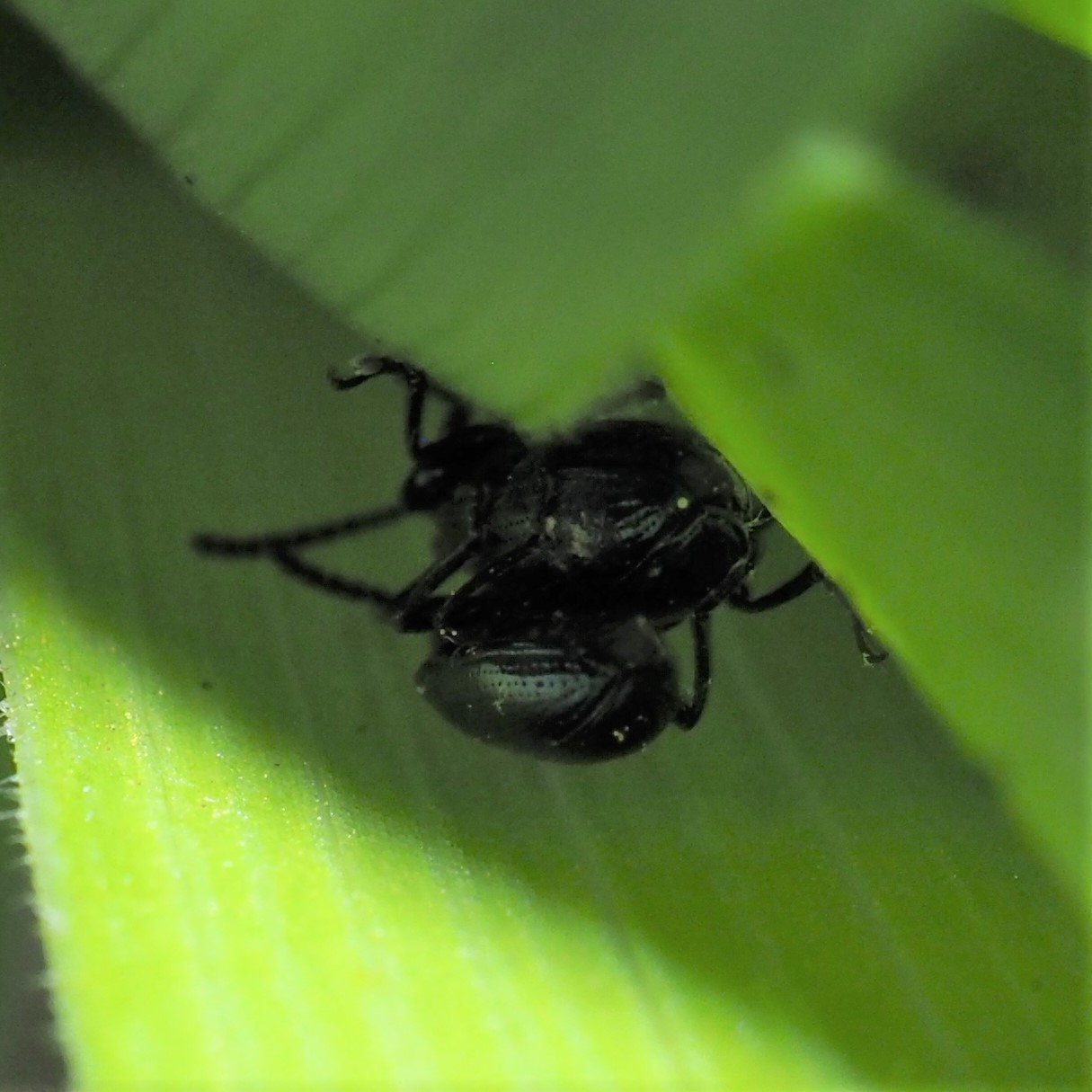
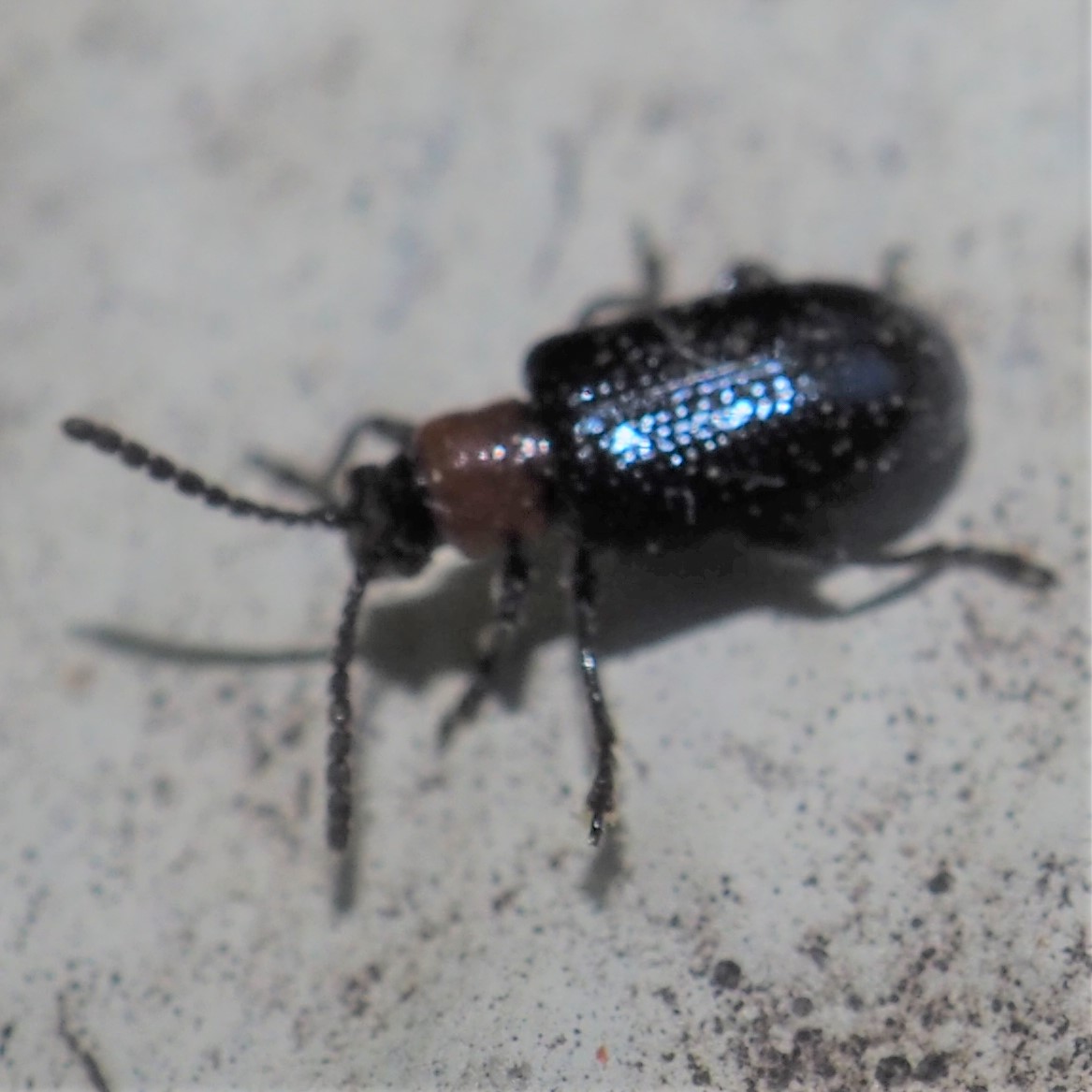
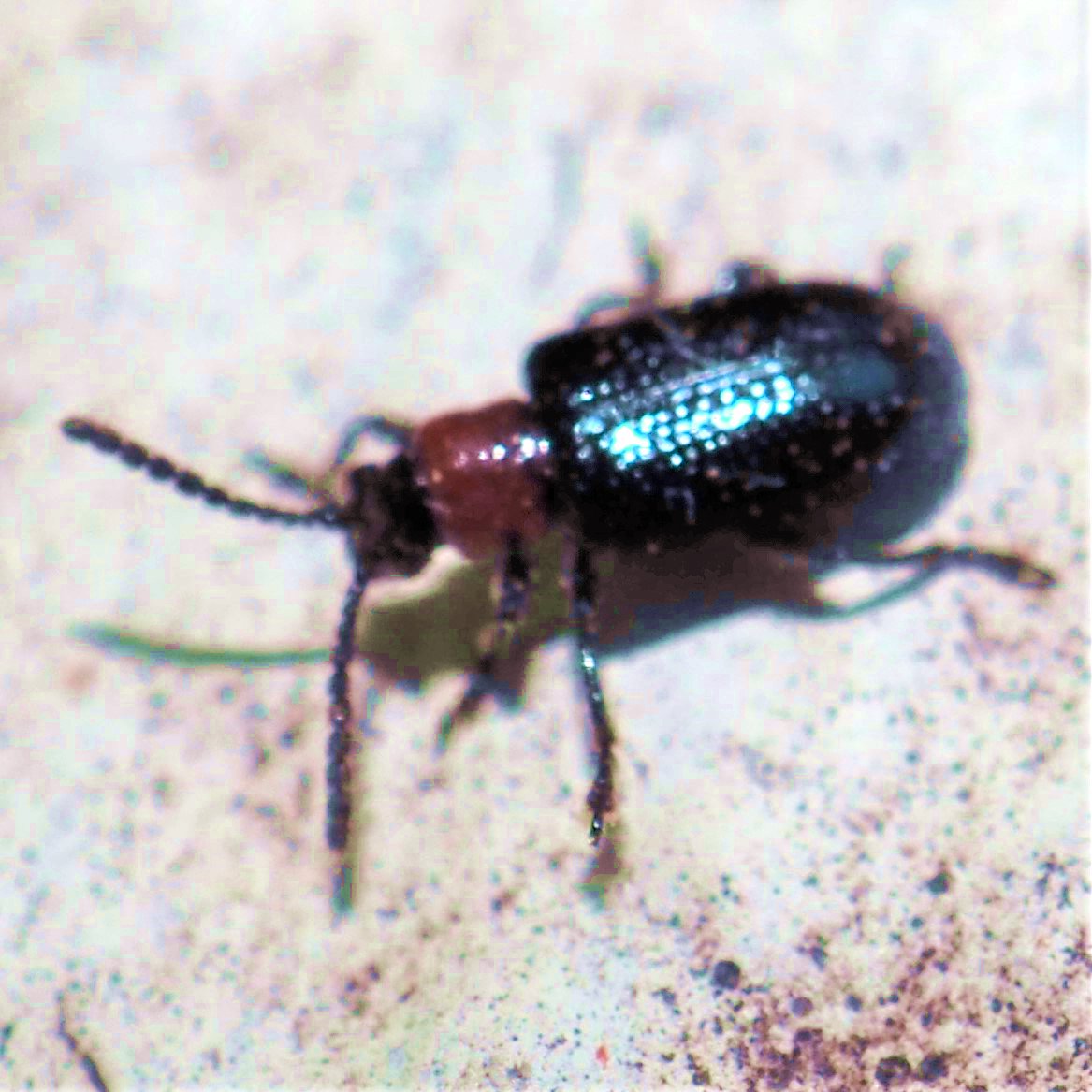
Just a few bugs. First up, a Four-spurred Assassin Bug, Zelus tetracanthus. It looks like our usual Pale Green Assassin Bug, Zelus luridus, but has grey eyes instead of red, and is grey instead of green. The next two images are of some kind of Hopper, whether leafhopper or planthopper, but a mystery so far to me. Fourth is likely a Mirid Plant Bug. What a red!
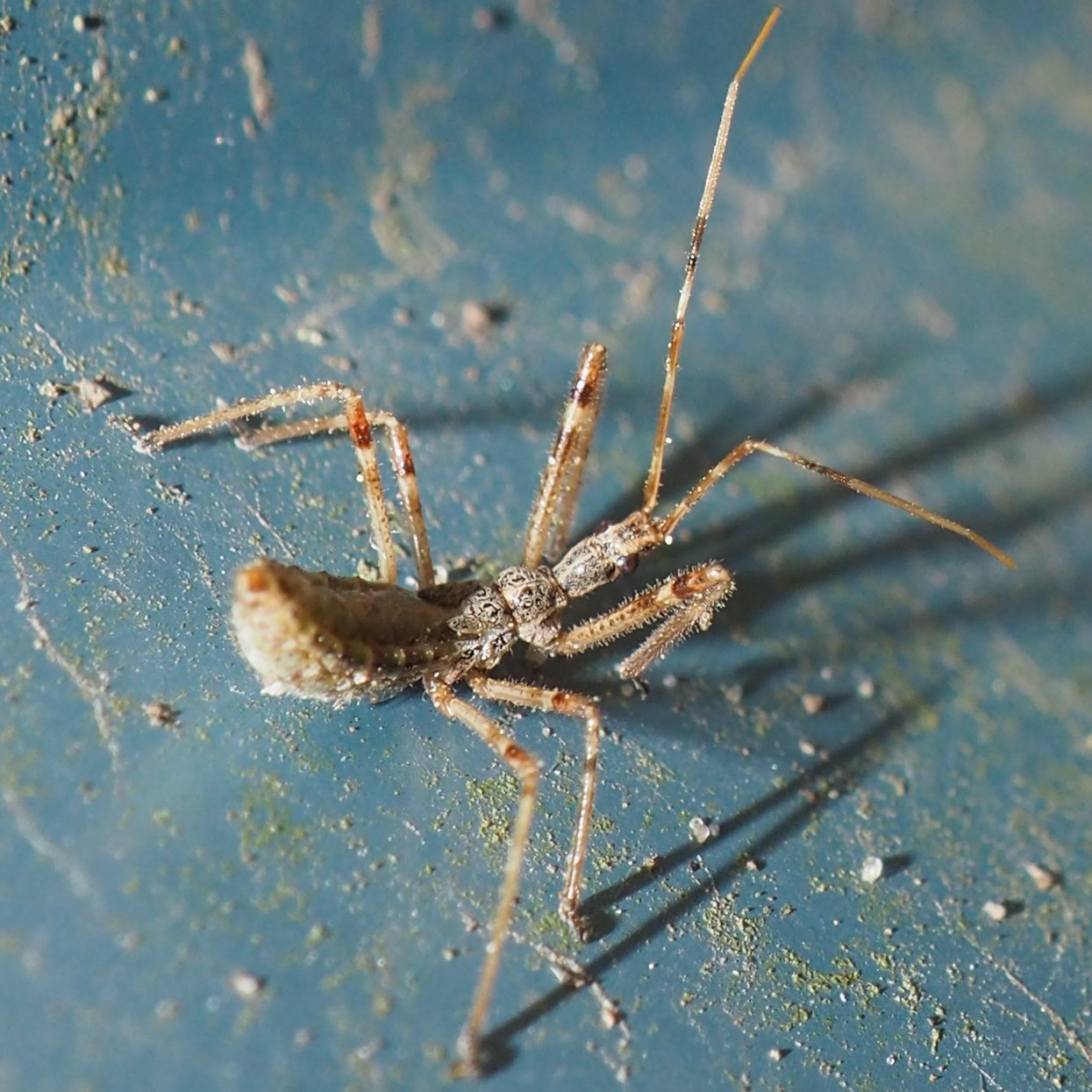
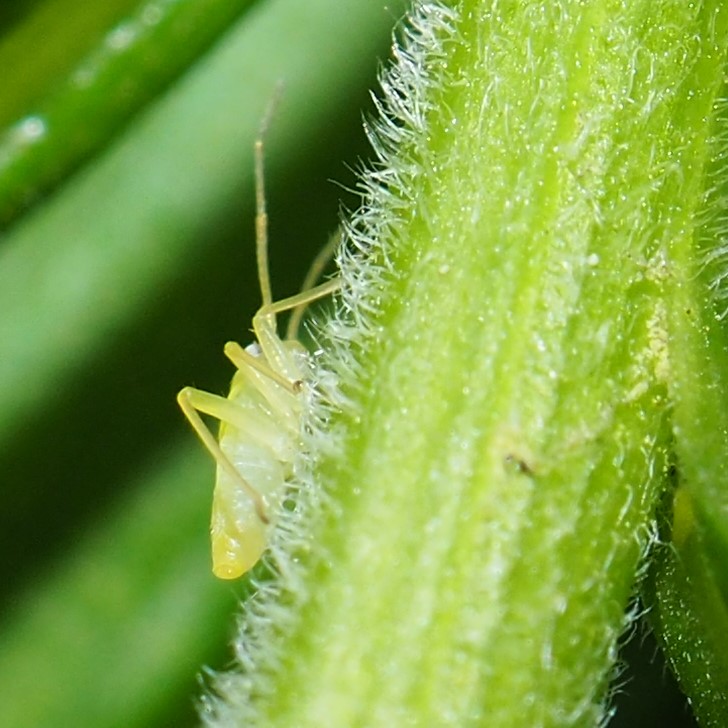
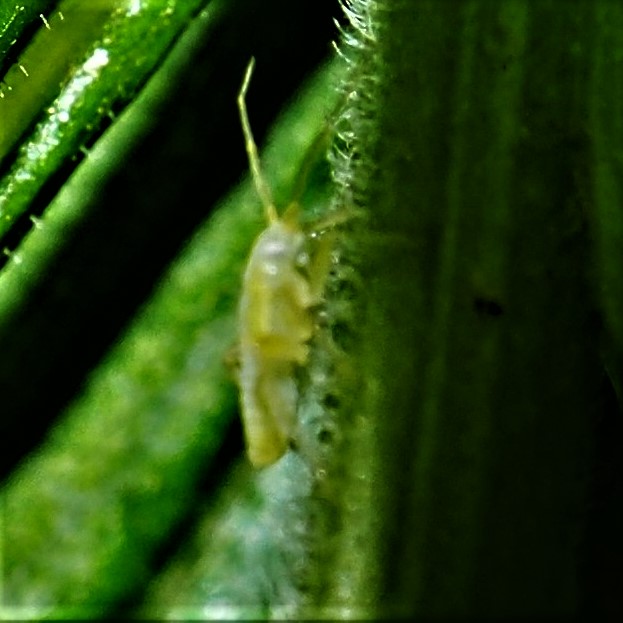
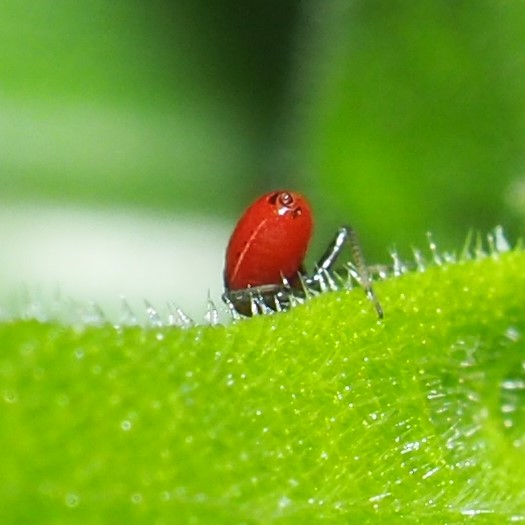
A little out of alphabetical order. But Caterpillars come before Moths, even though this green 'pillar is probably the larva of a Green Cutworm Moth. What a green! Next is a small white adult moth. Last is the case of another kind of moth, known as a Bagworm Moth. Here you see it inching its way along the wall.

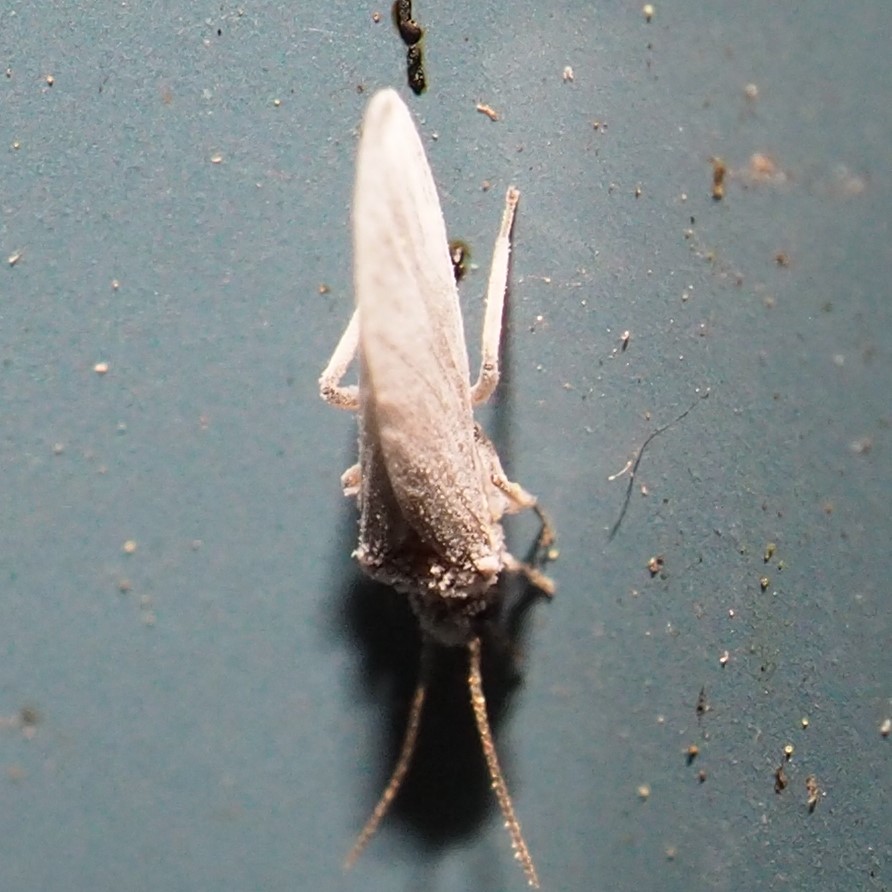
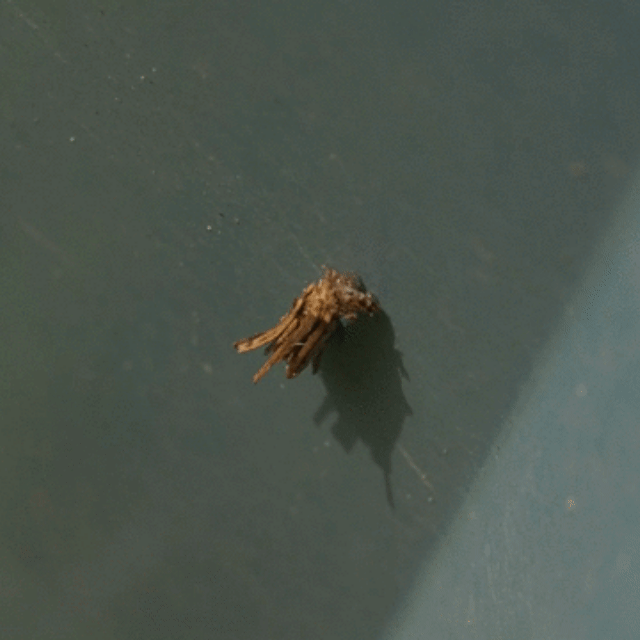
We start out the Fly section with a couple of kinds of Crane Flies and one of the several kinds of Mosquitoes we saw this week.
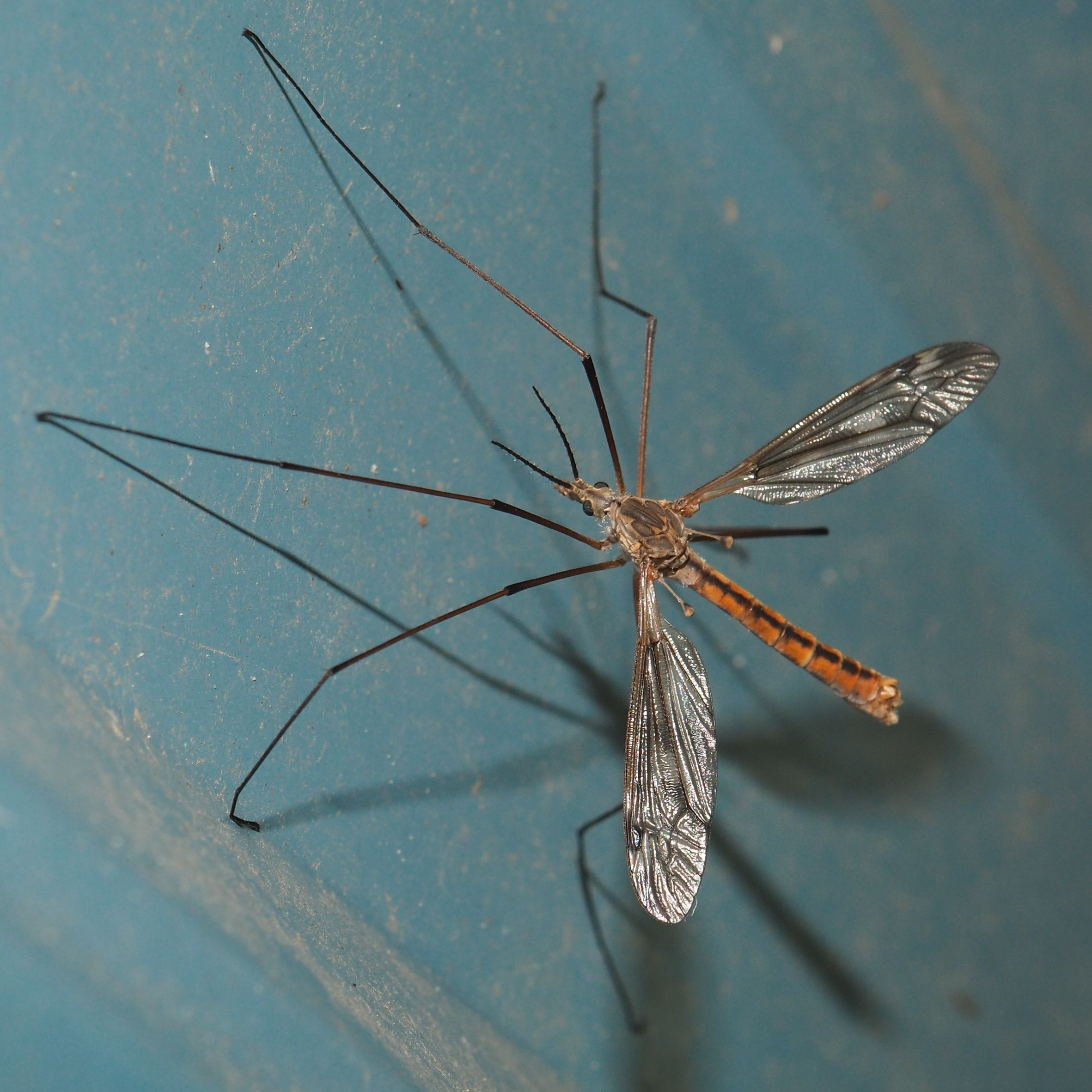
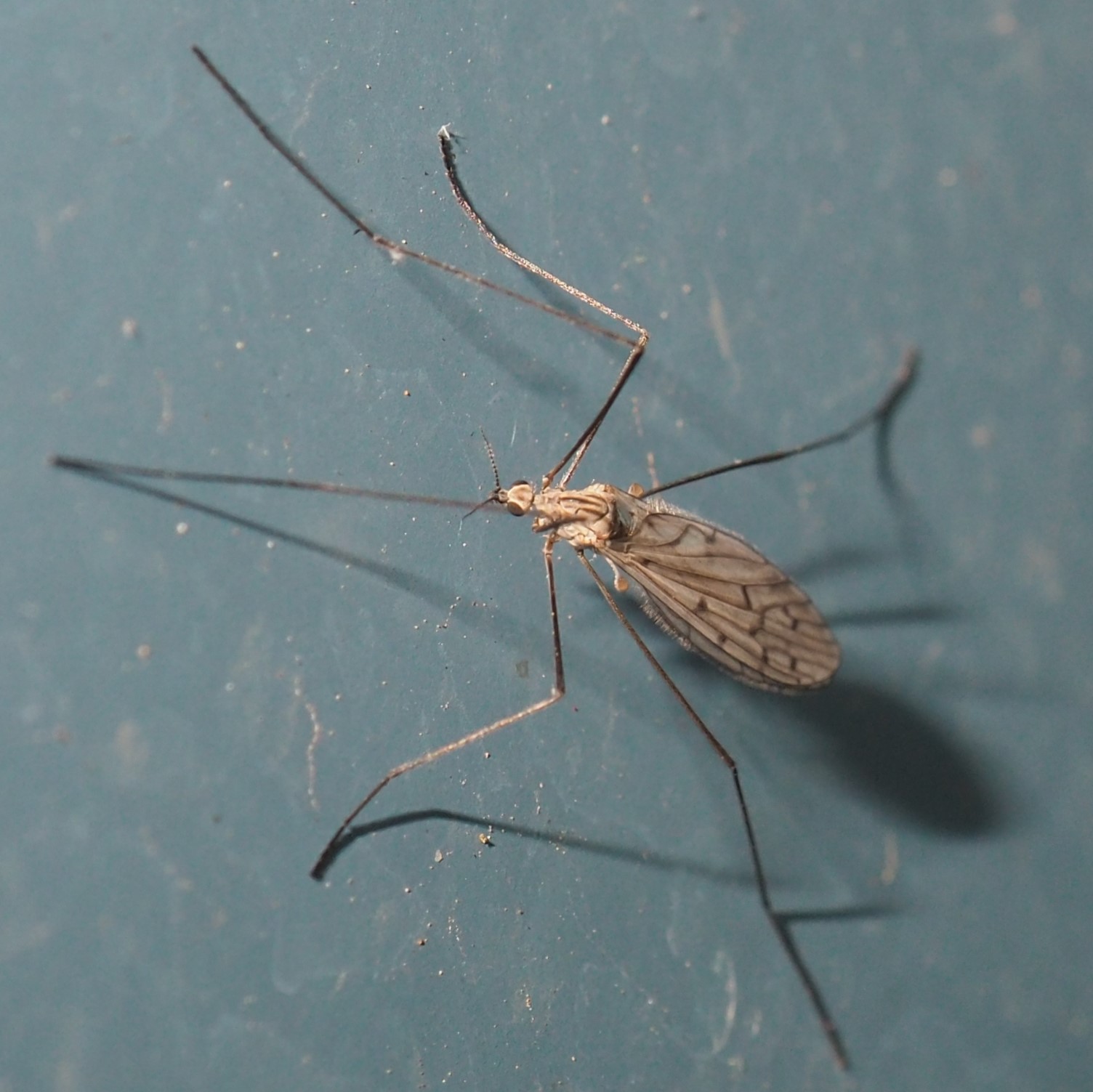
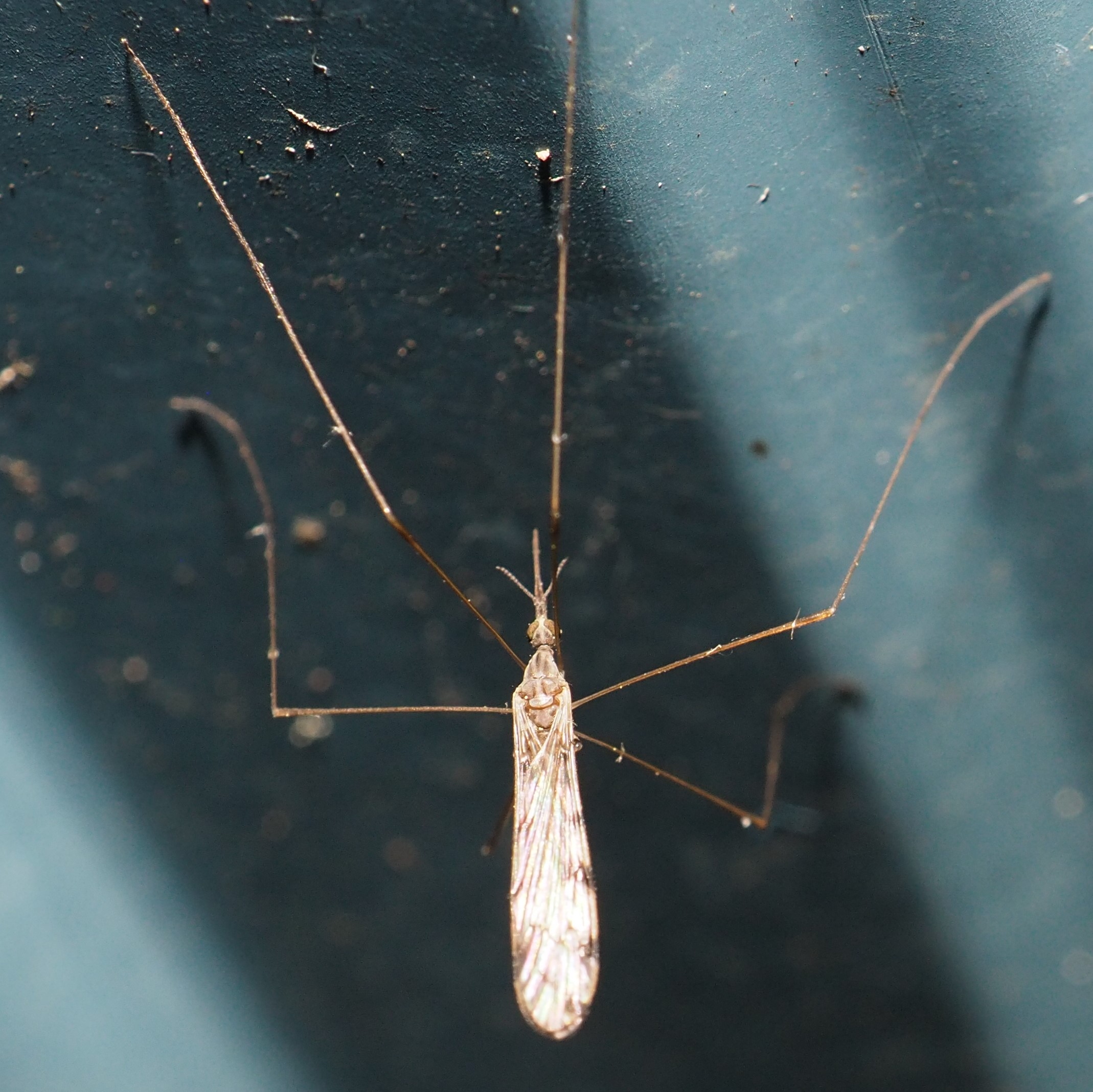
Here are three more mosquitoes. The ones with white and black bands on the legs may be in the genus Aedes, parent genus of the dangerous mosquitoes that spread Zika and other terrible diseases.
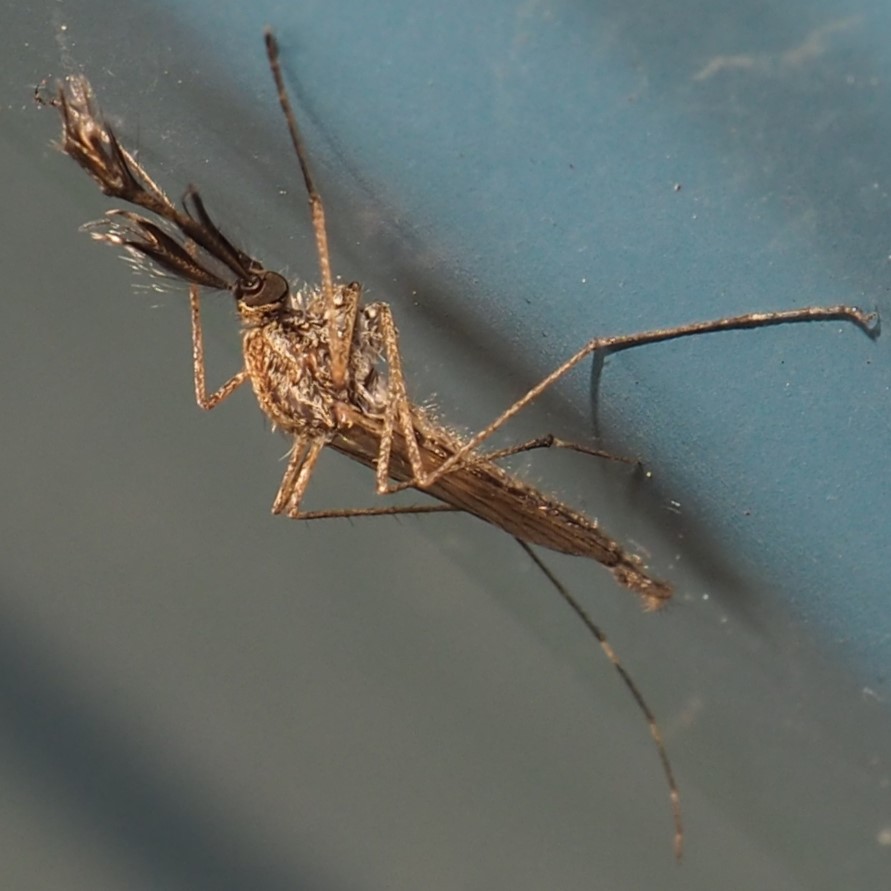


The midges of course are often confused with the mosquitoes. But I find some of them very attractive, especially the ones with green bodies. Remember that most of these midges, especially the ones with the very long abdomens (especially the males have this characteristic in their abdomens). These are the so-called Non-biting Midges.

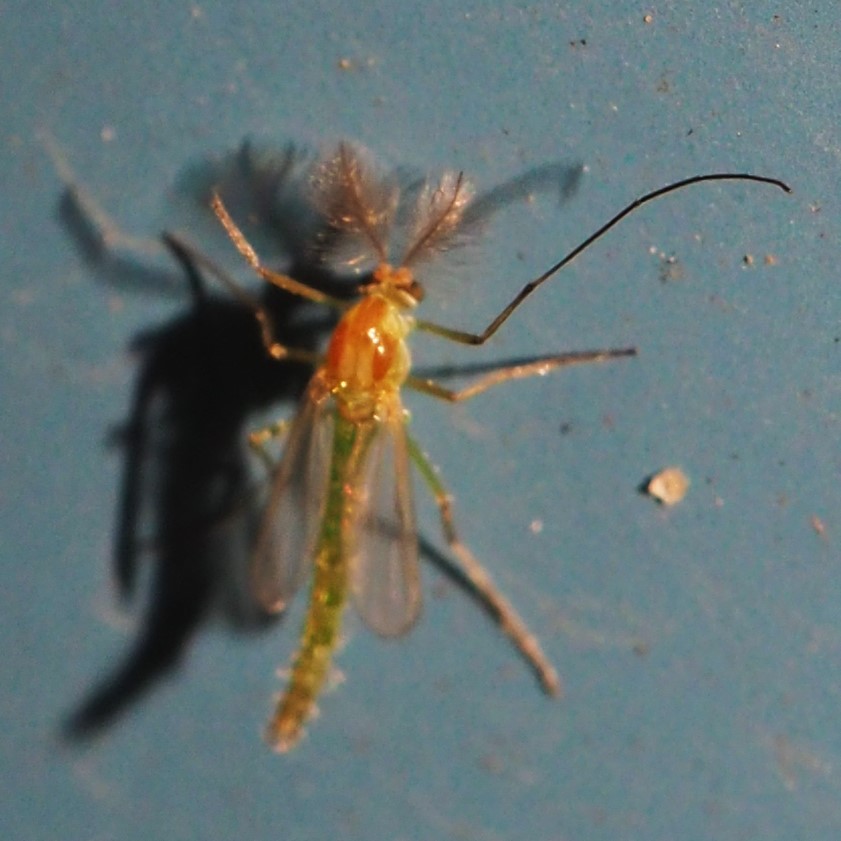
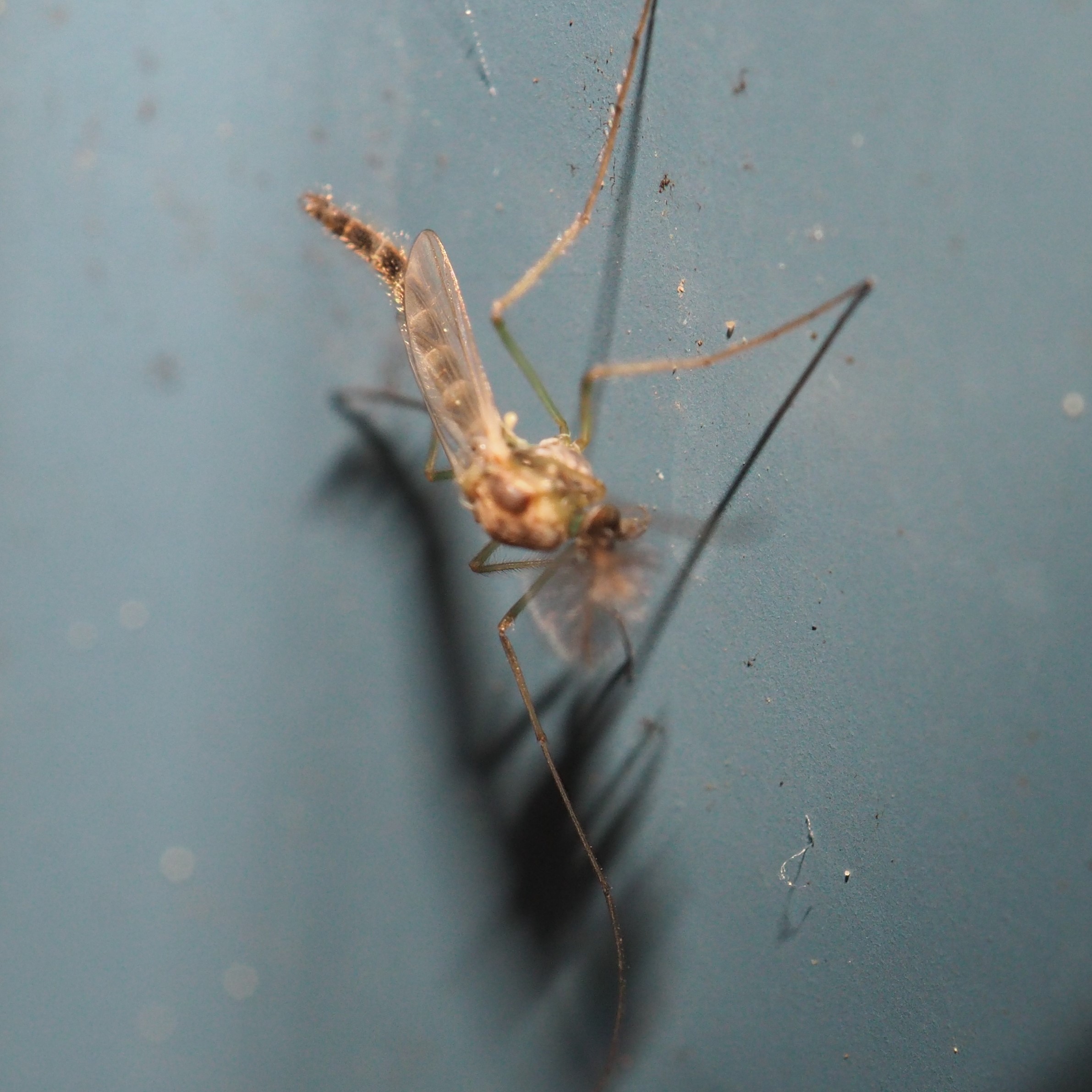
Here are three different Moth Flies (flies that look like moths).
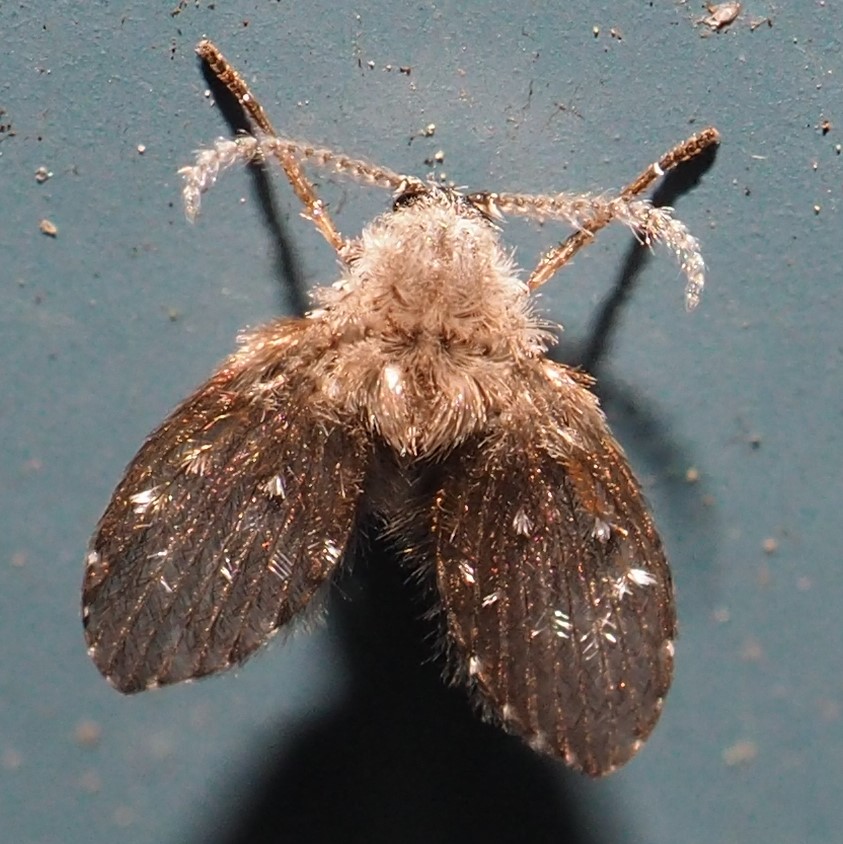

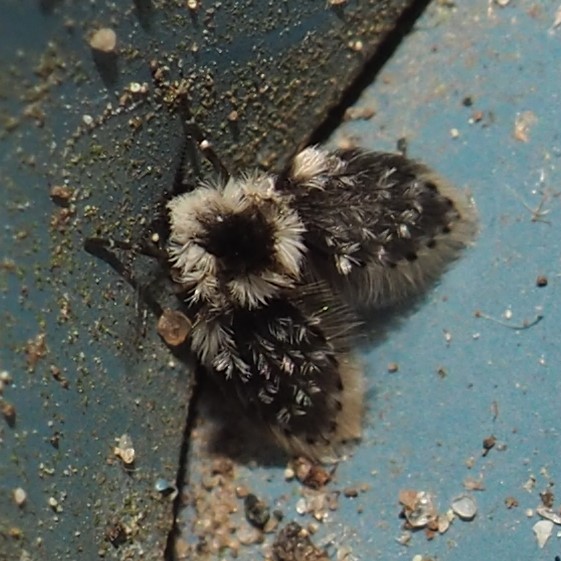
Here are some pretty flies. The first I don't know, but the second is called a Snipe Fly. Remember the Boy Scouts and their Snipe Hunts? Third is an ordinary-looking little fly but I find it quite aesthetic. No accounting for taste!
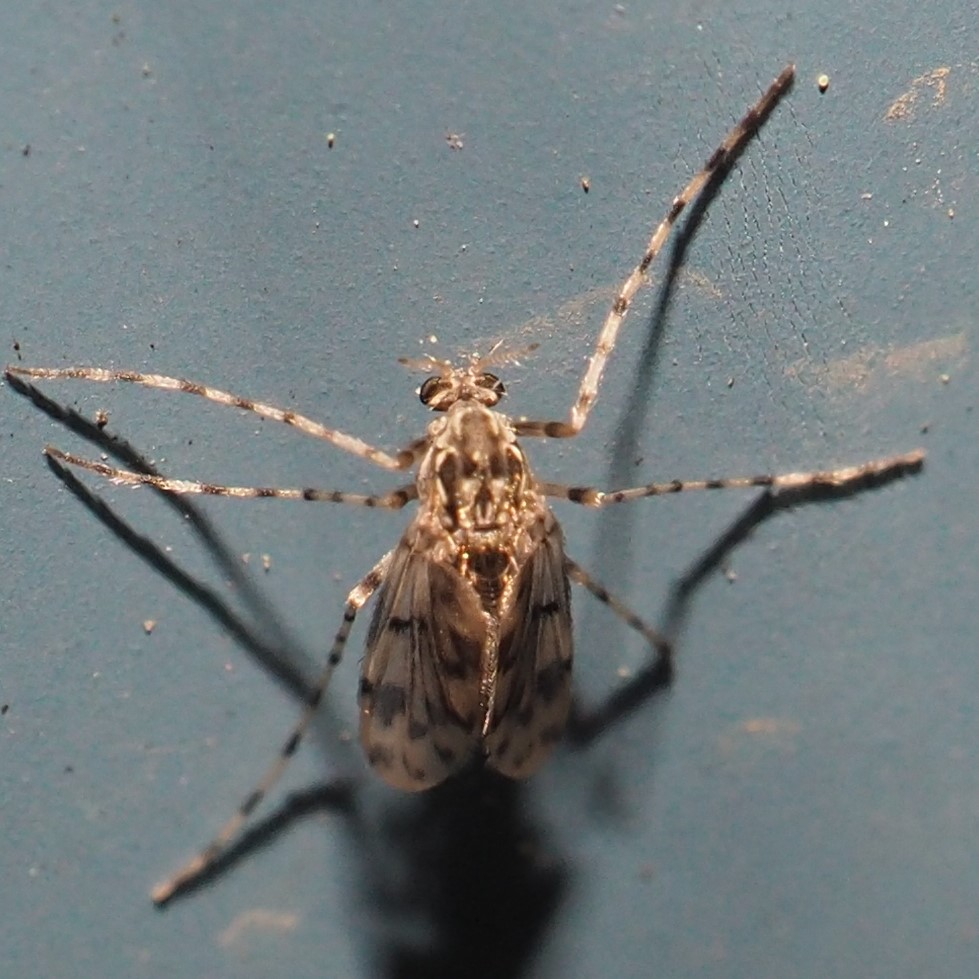
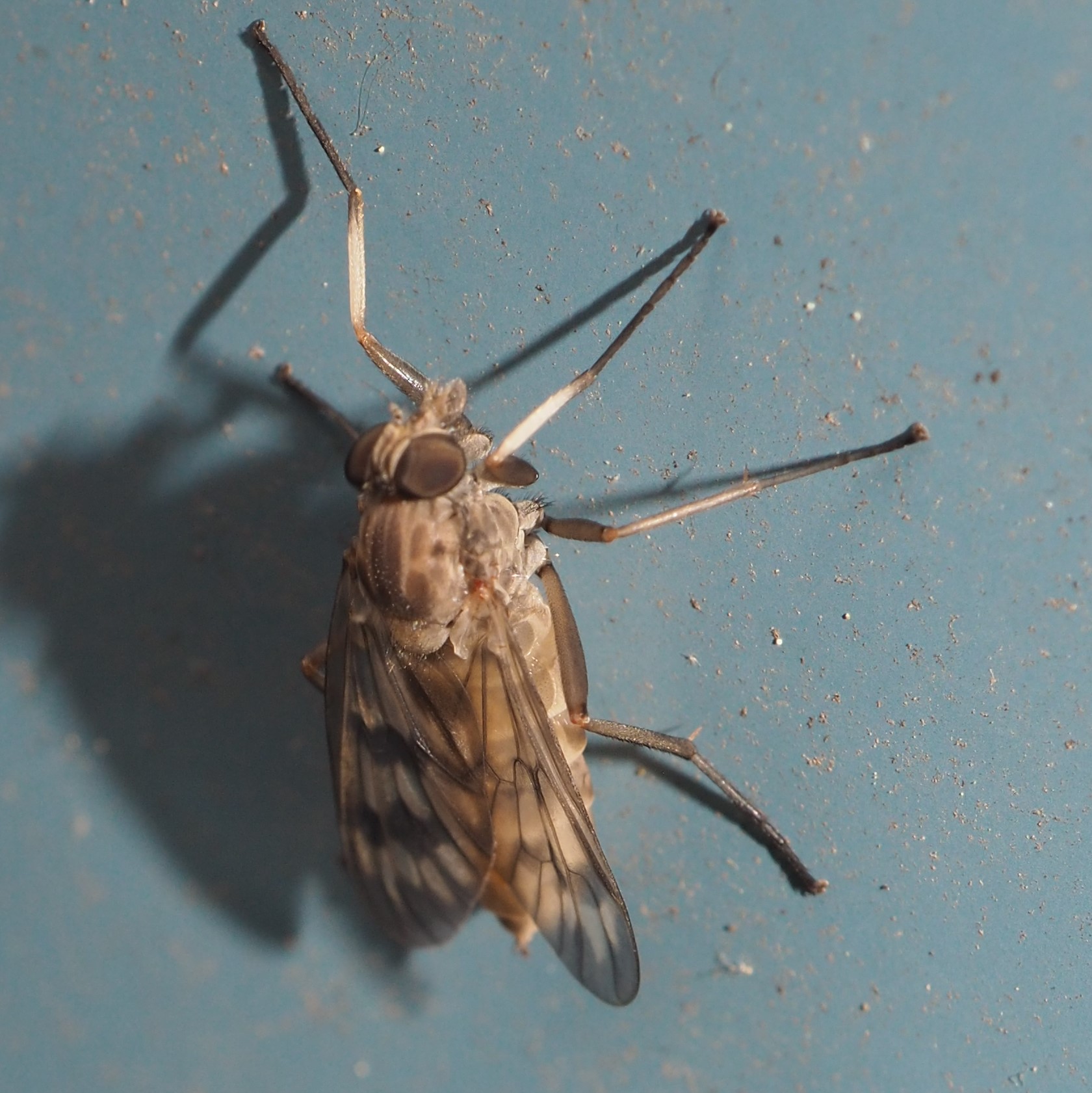

Some of the prettiest flies are of course the tiny Hover Flies. This week we had a number of Marginated Hover Flies, Toxomerus marginatus. This other one I've never seen before.
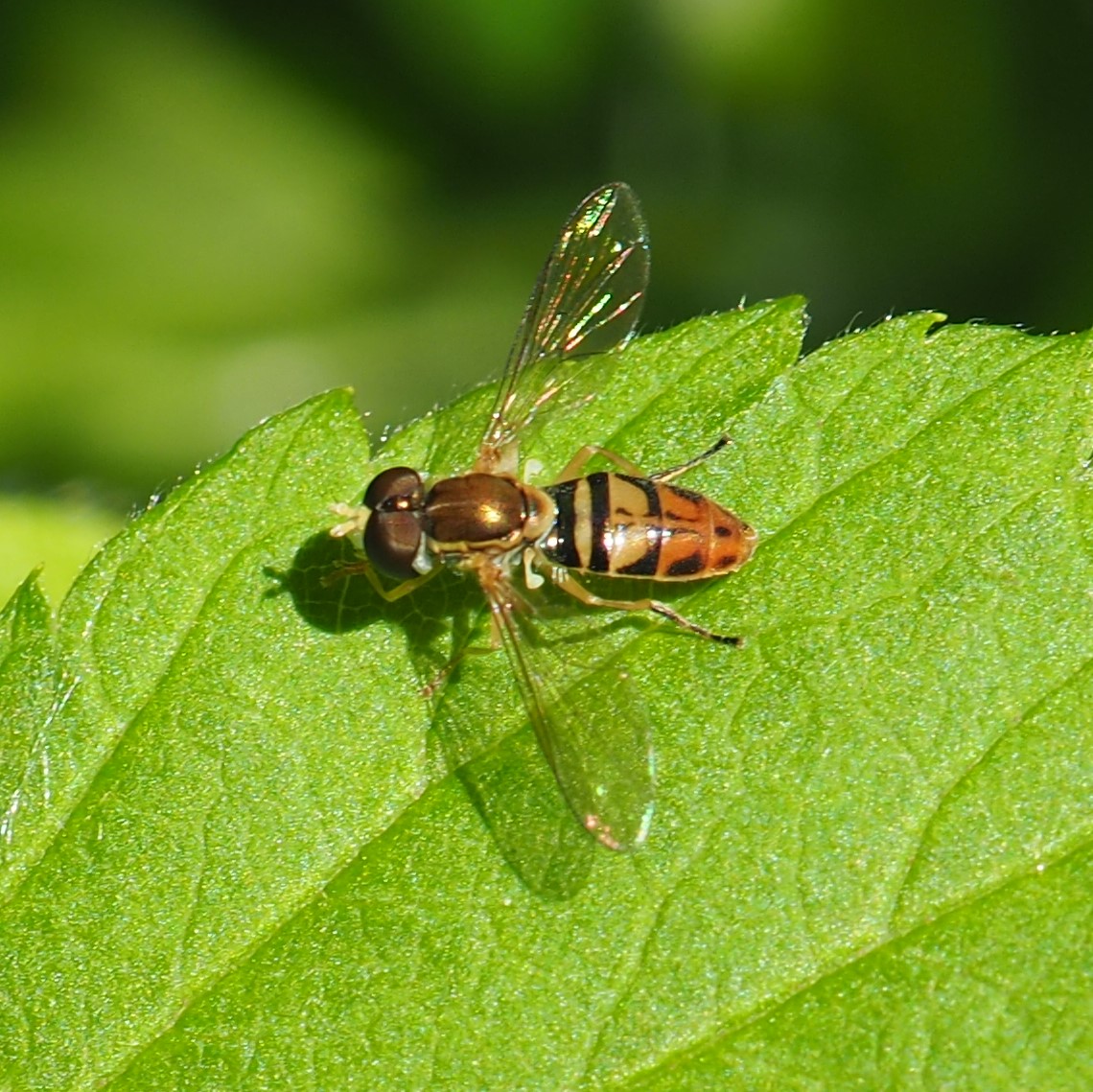
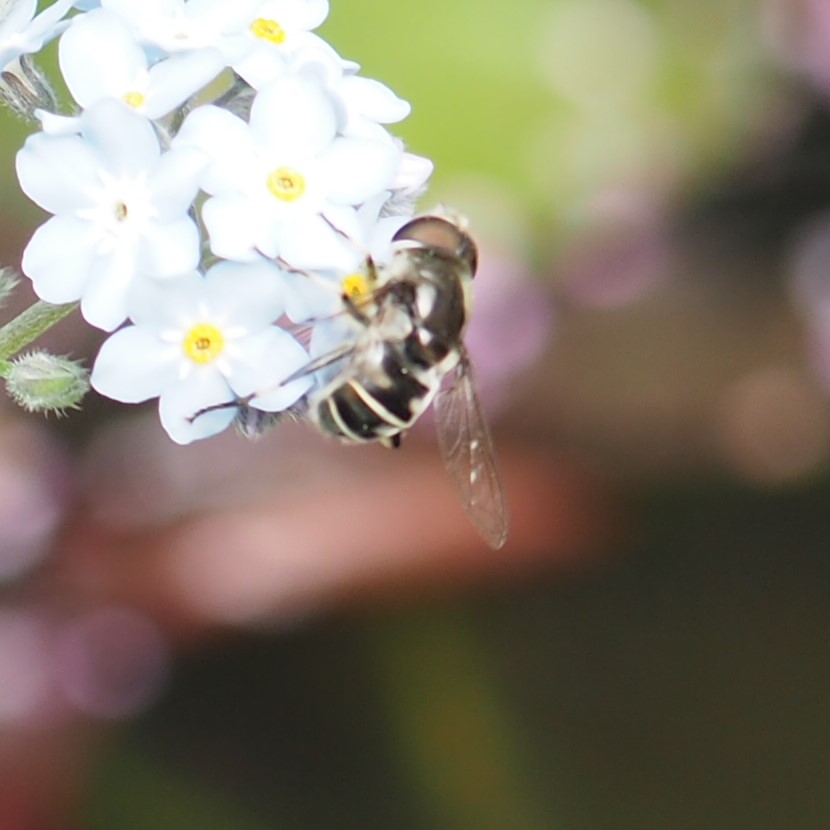
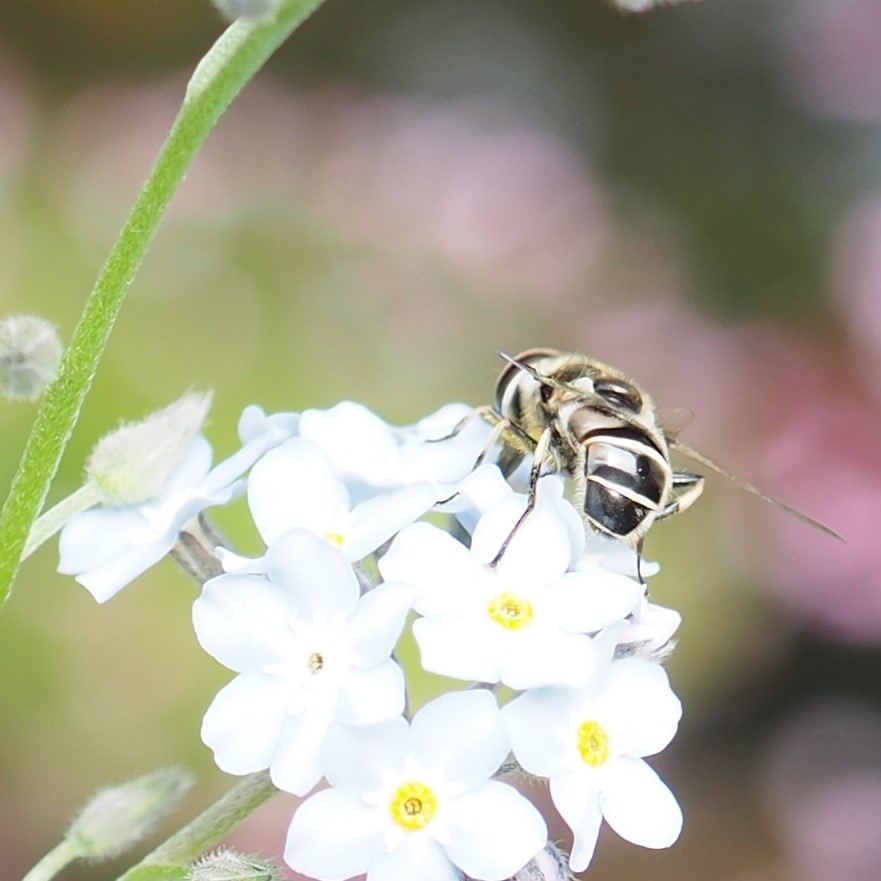
The Galls are beginning to show up on the new leaves. Here is a tag-like one on a Maple leaf, and a pea-shaped one (but tinier) on Walnut. Here is also something that looks like some kind of Rust on what I think is Oak.
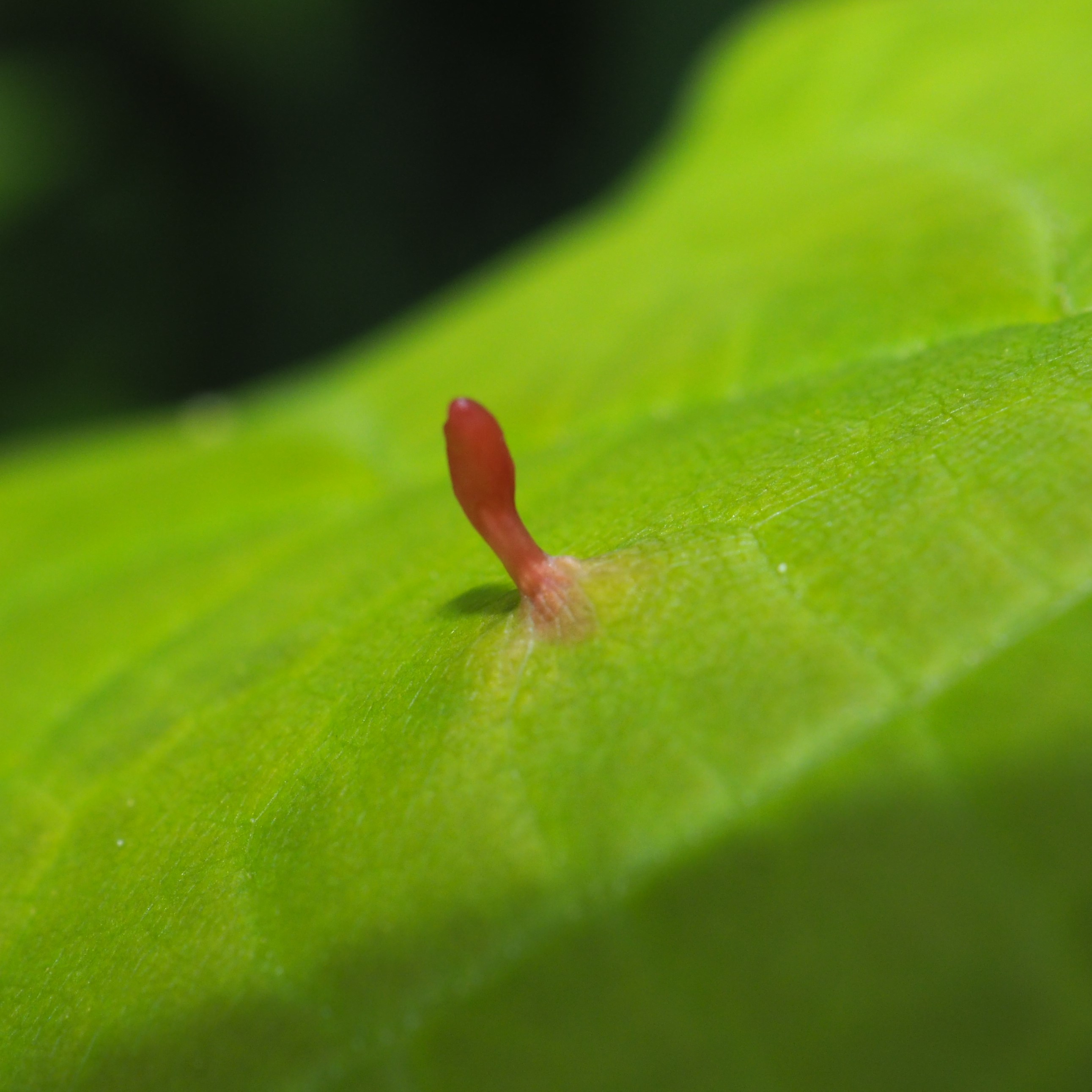
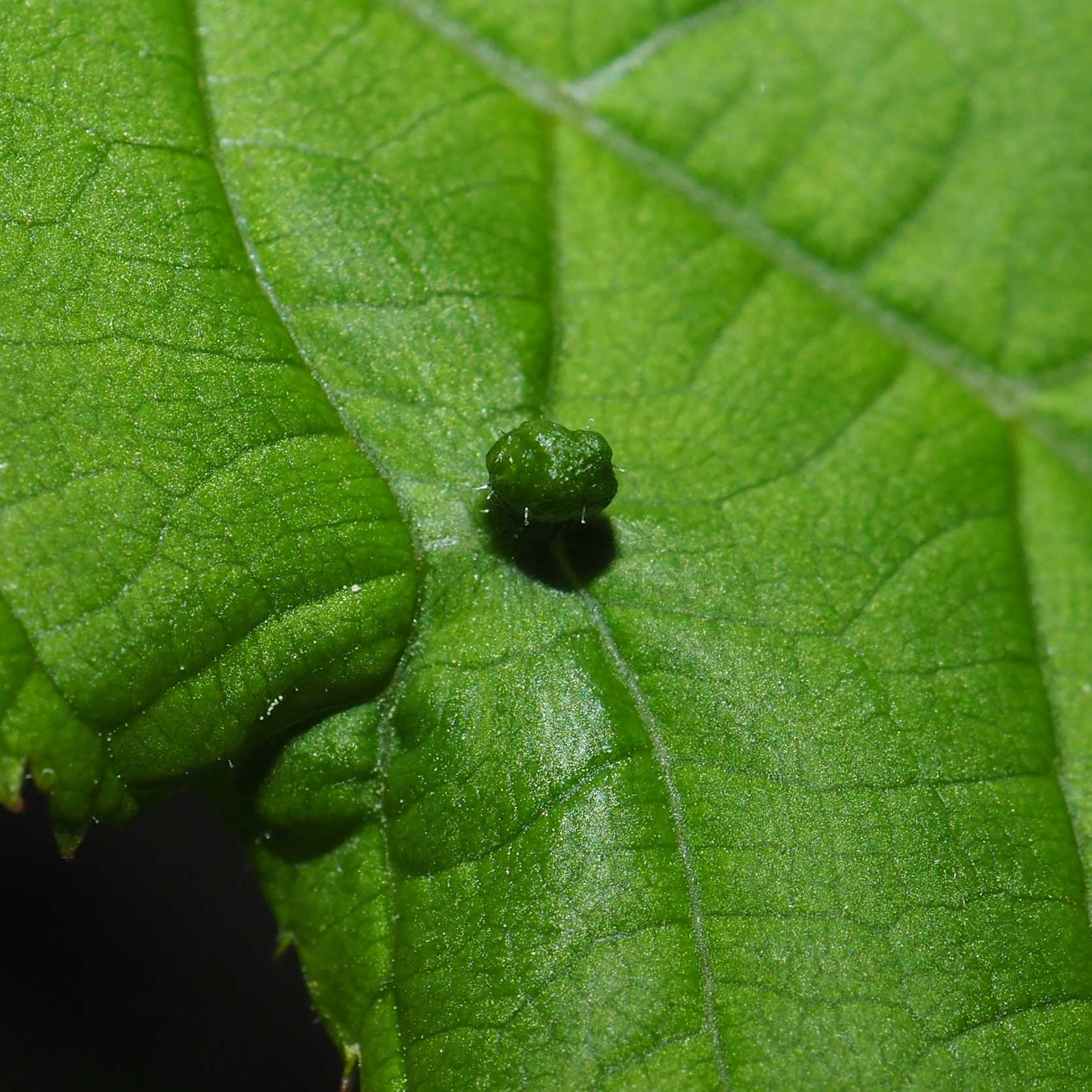
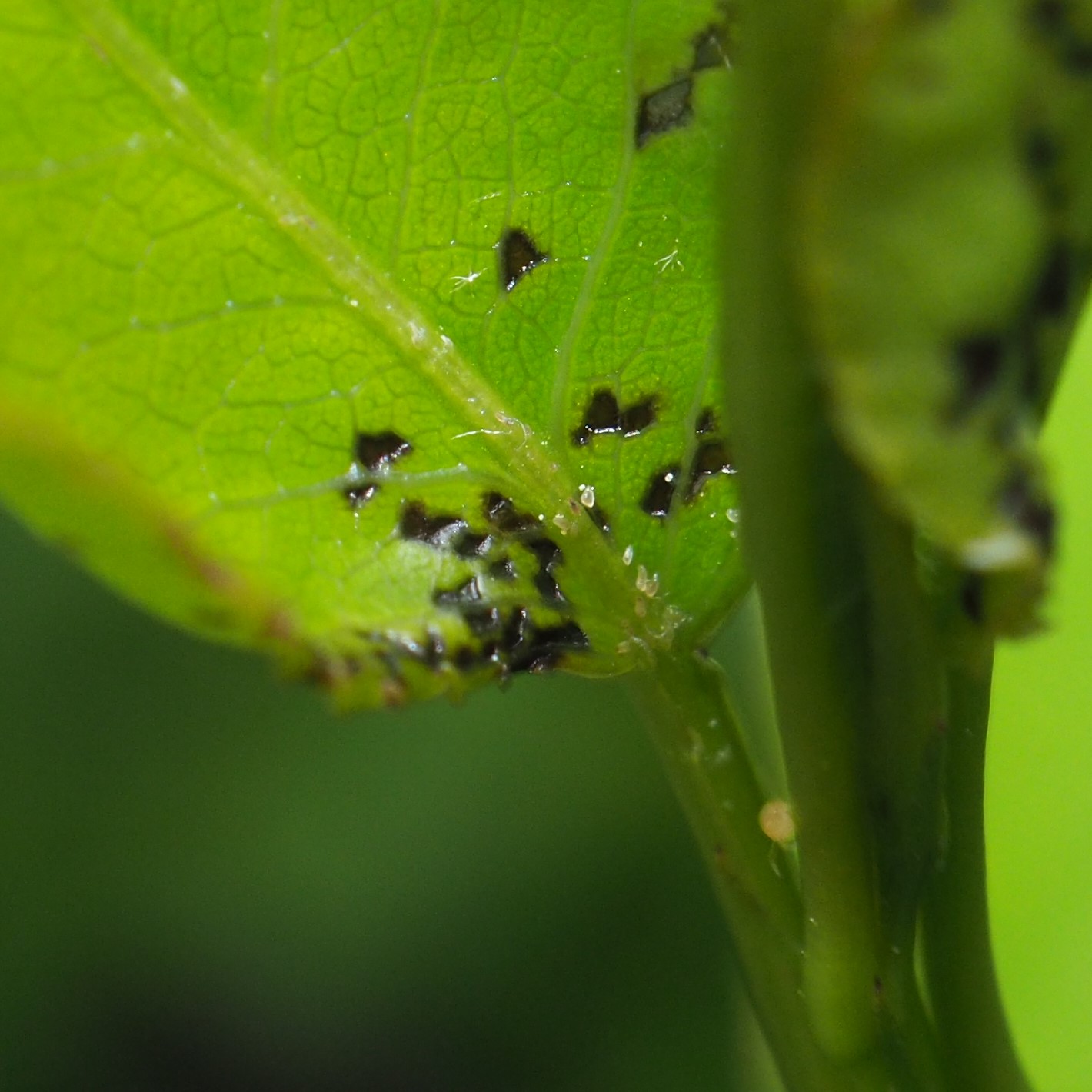
Three baby harvestmen. Baby Granddaddy Long Legs! Their legs are so LOONG compared to their bodies at this stage. (The last two may be the same species.)

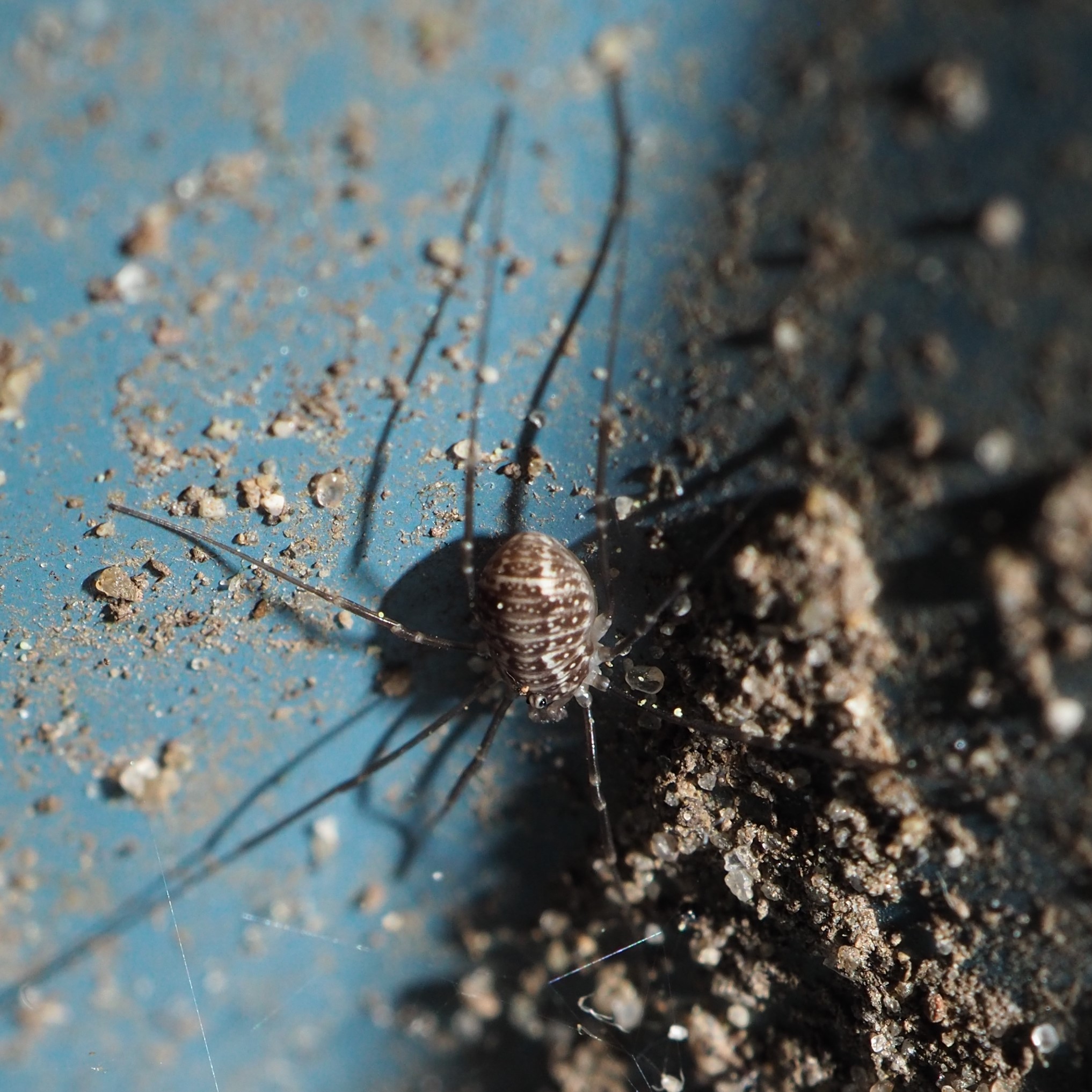
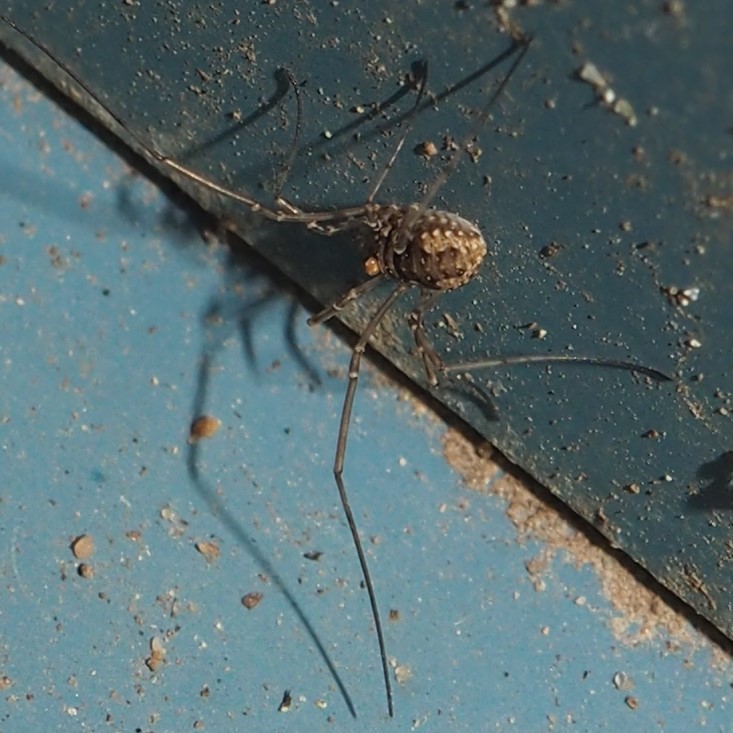
And here are some Pillbugs. I don't know how many species we have here, but there seem to be a lot of different ones.
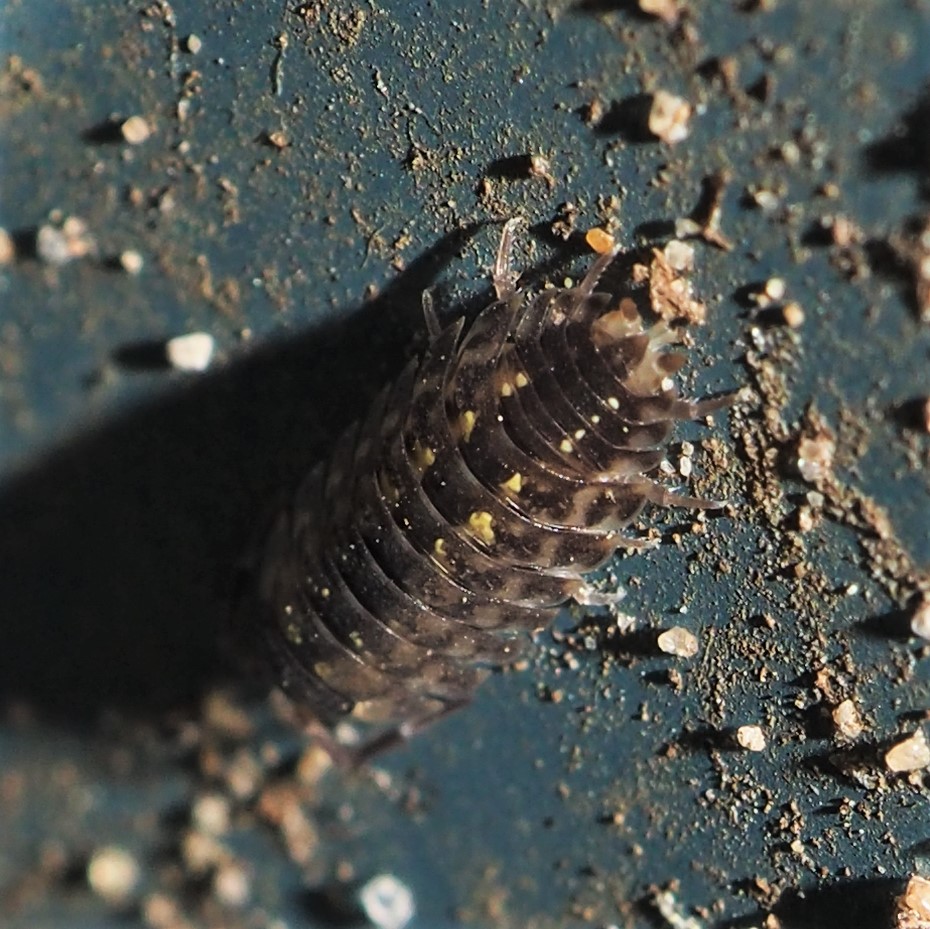
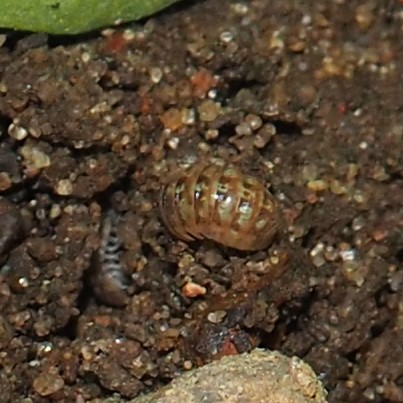
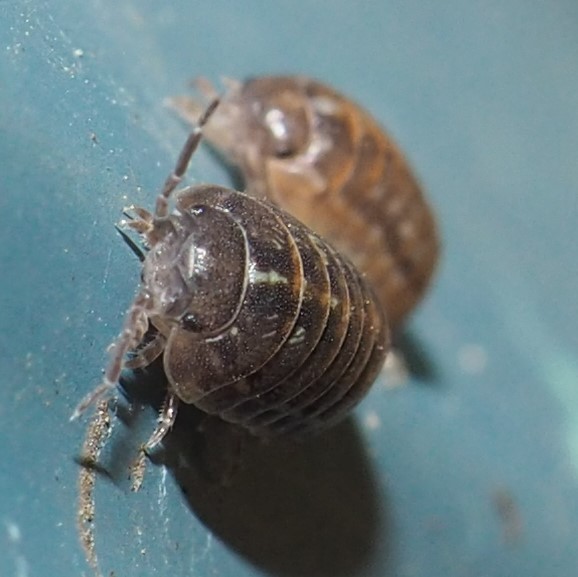
Now to the spiders. We start off with a couple of Cellar Spiders that were found clinging to the screened window of the workshop. And the ubiquitous Common House Spider.
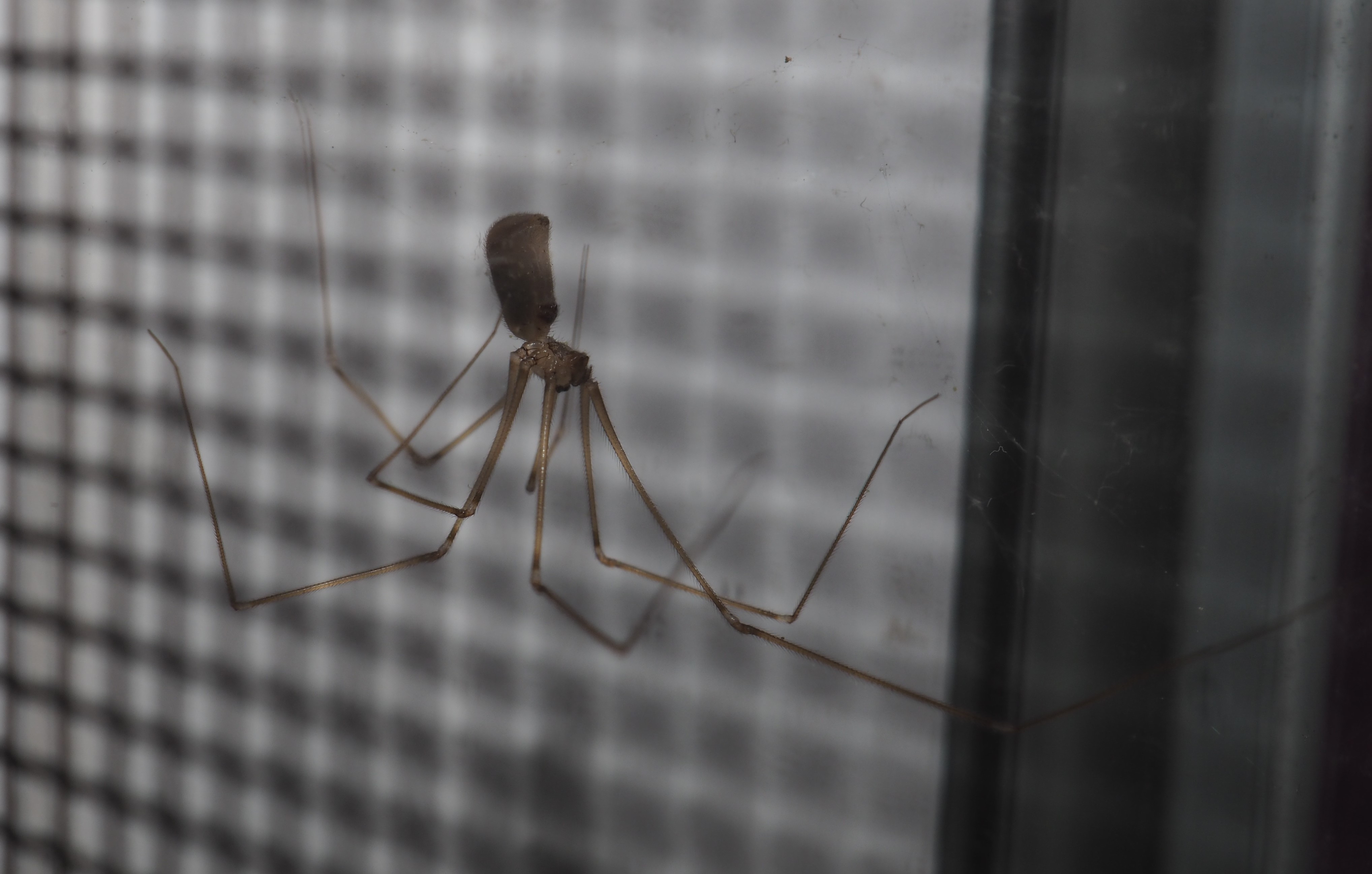
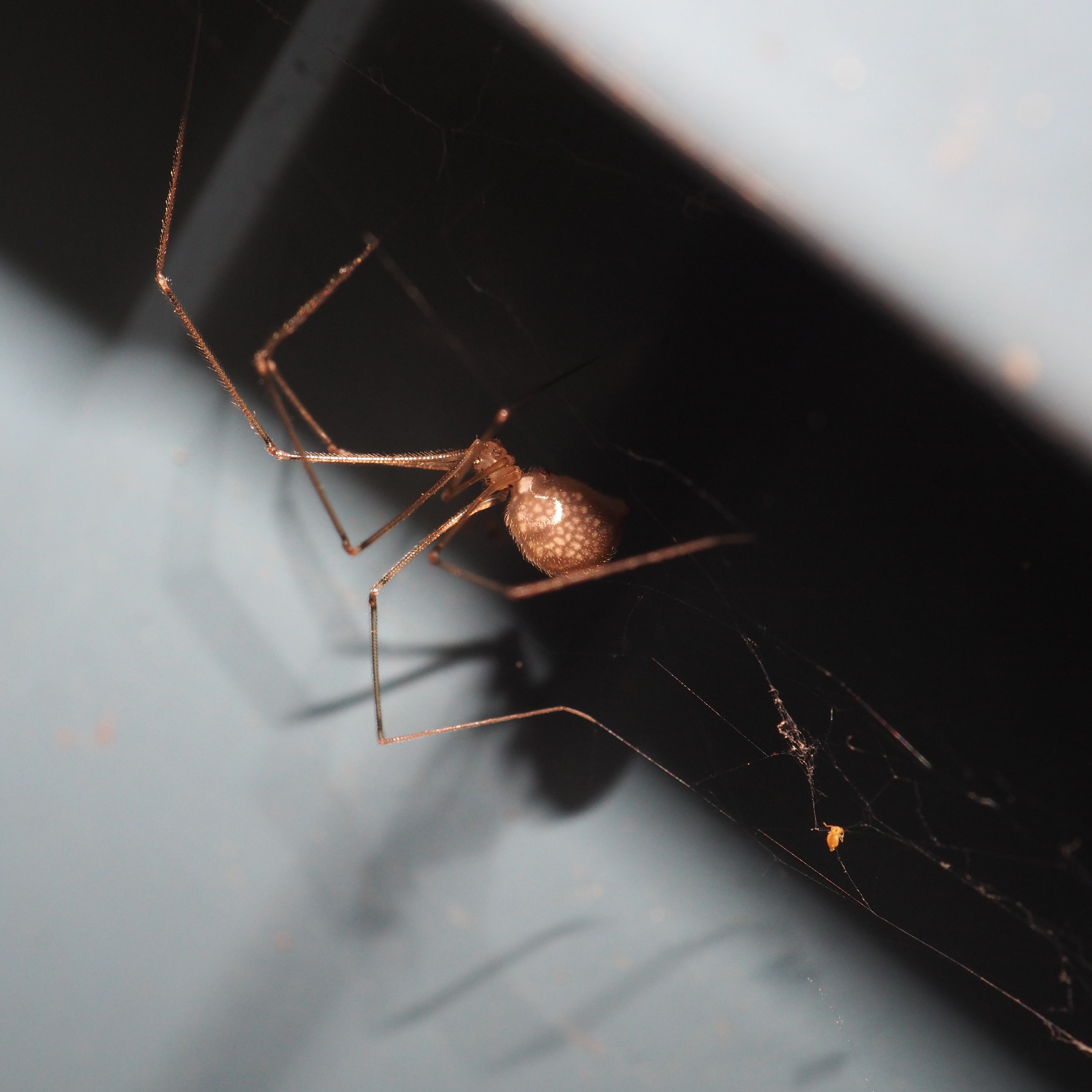
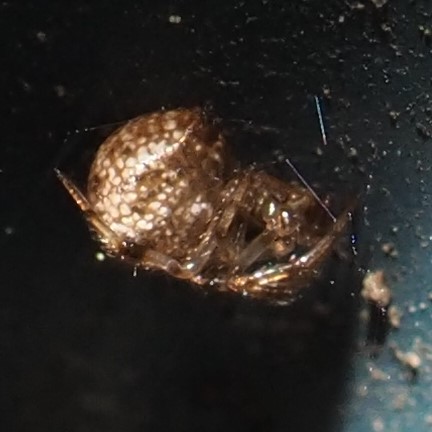
The jumping spider Naphrys pulex is still my favorite for its lovely classical pattern. Next, another jumper, the White-cheeked Jumping Spider of Genus Pelegrina, probably P. proterva, which has been known to show its face here. This one is gnawing on something on a fresh new Elm leaf. Our growing Orchard Orbweaver, Leucauge venusta is big enough to hang onto a good-sized midge.
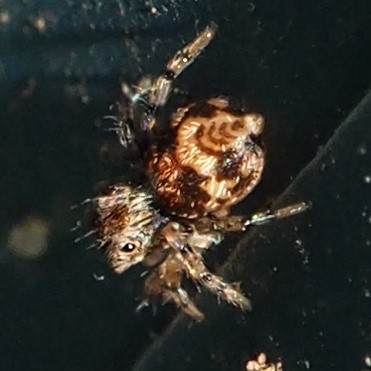
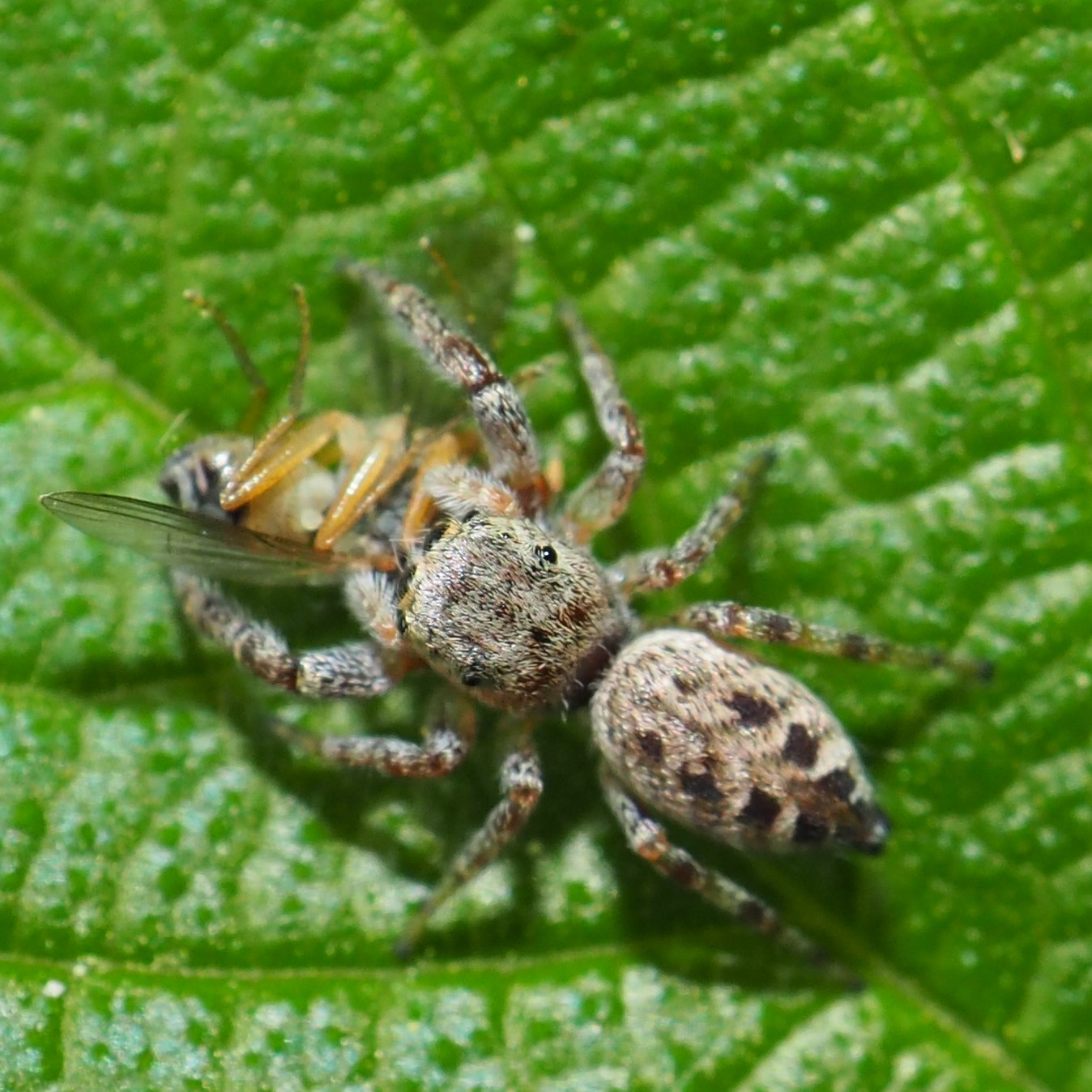
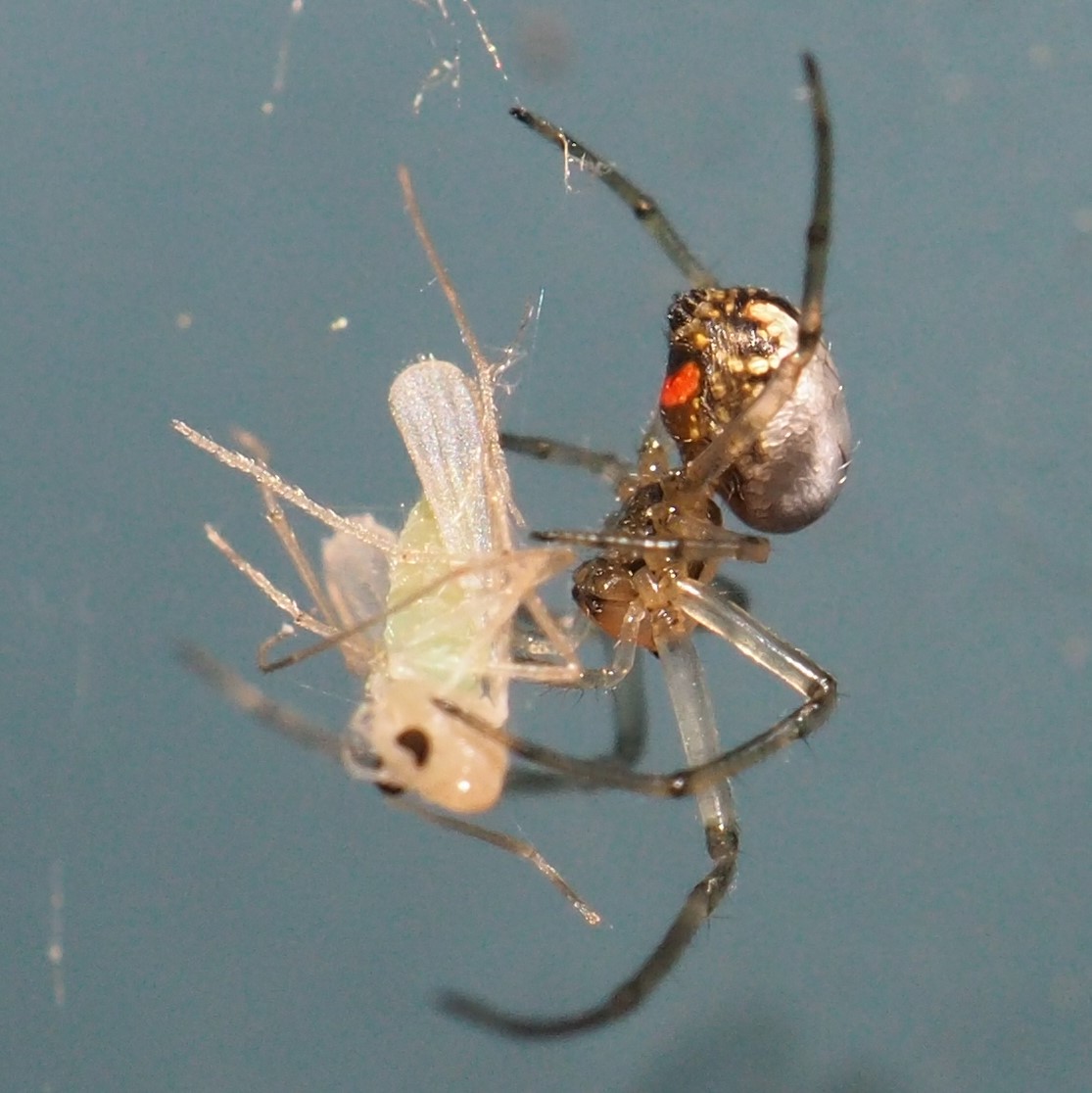
Another new spider. So far no identification. But isn't it a beauty? And here's a tiny crab spider, most likely the Northern Crab Spider, Mecaphesa asperata. Finally, my buddy, the one I believe is Mimetus puritanus, based on the large "grin" on the "face", actually of course its abdomen!
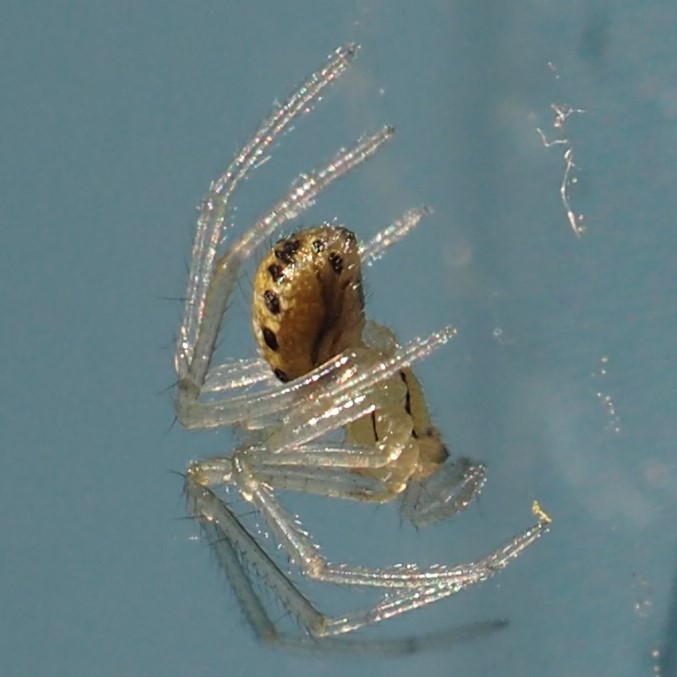
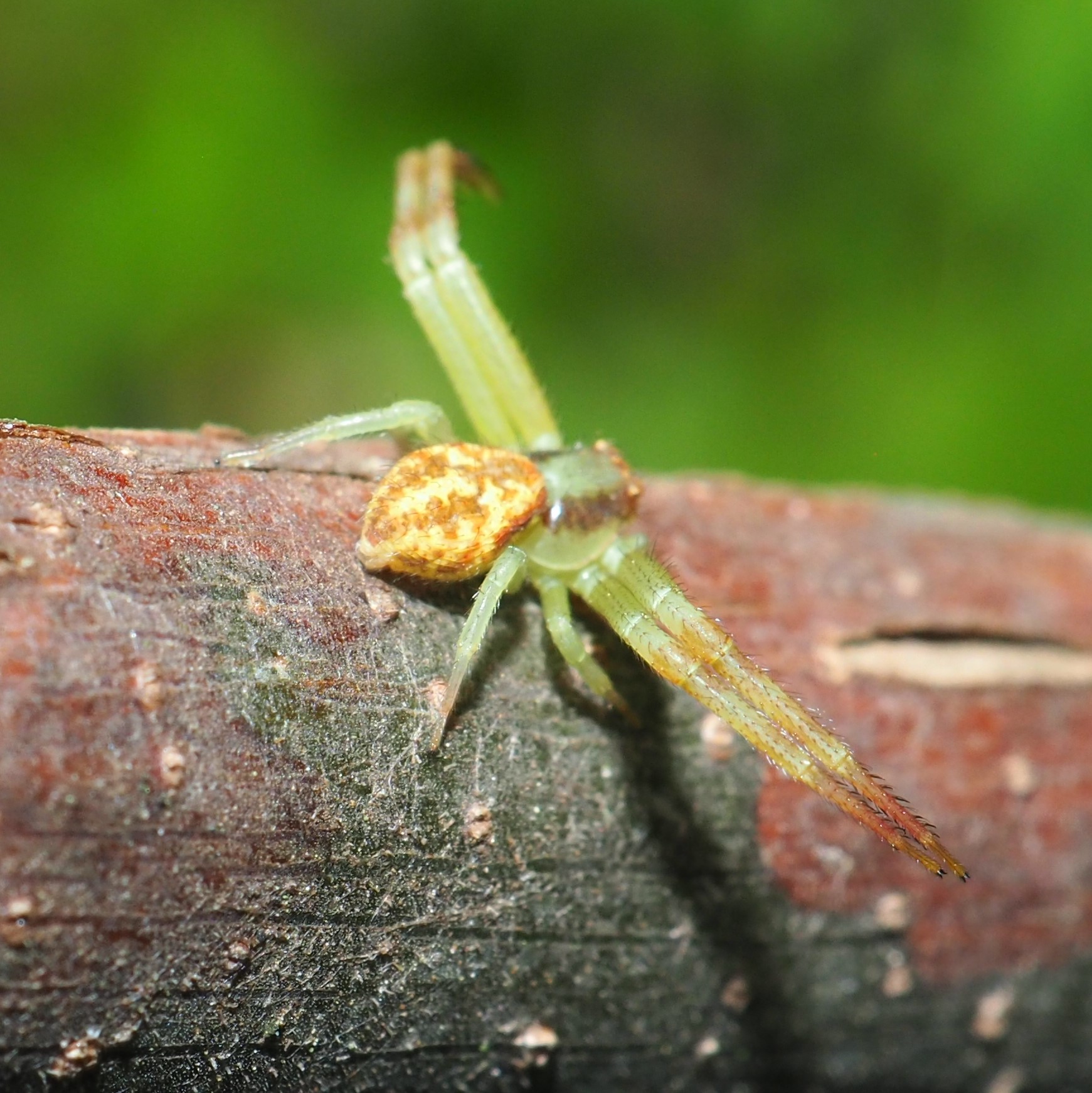

Now, my dears, it's time to finally expose the story of the American Toads that took over the pond last weekend. For this, please follow This Link to the story.
You're back!
I know you are also wondering, how are the fishes out there? Well, something must have got into the hormones in the water, because just as the toads were finishing up their orgy, the fishes began chasing each other around the pond. Do you remember how last week I told you that I thought the last female had died? Well, now we know that there are at least three of them. In the first picture, we see that a number of fishes are chasing a larger bluish one, Chico. So Chico is a female after all these years! Maybe goldfish really are one of the species of fishes that can change sex due to a vacuum! Picture 2 shows a whirl of action centered on Chico, who is laying eggs which are being fertilized by all the boys, I guess. Later other fish come to these spots to start chowing down at the smorgasbord. The third picture shows that one of the brown fish is also a female. The genetics of this lot is going to be Verrrrry interesting.



Here is one little movie of the third little female, a younger fish of a bluish coloration, being courted by a red male.

Here are some more flowers to punctuate this week's get-together. Bright yellow Ranunculus (a fancy word for buttercups) bloom under the growing goldenrod. The Wild Geraniums are blooming their lovely pink. And those sweet little peach tulips are just about done for the season.

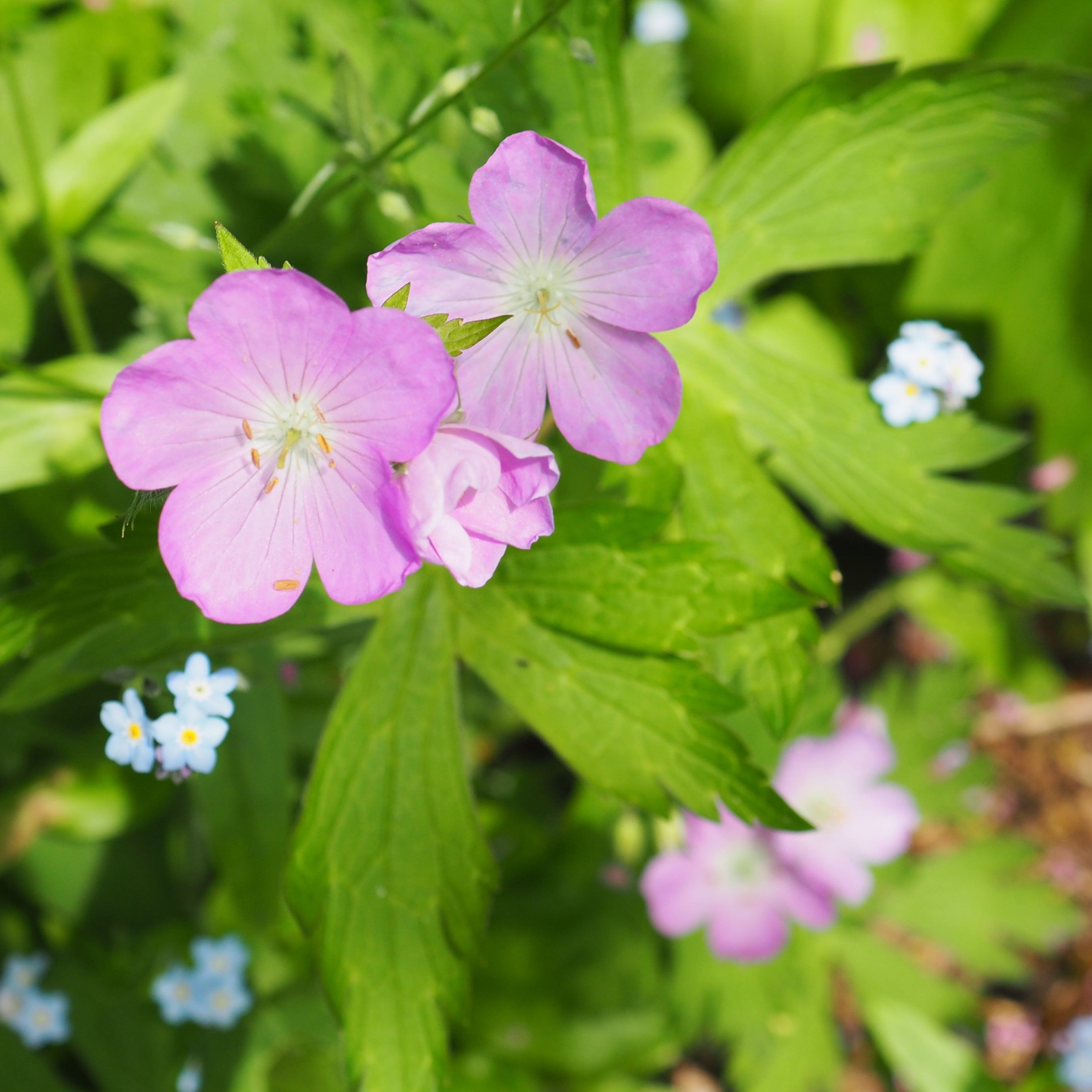
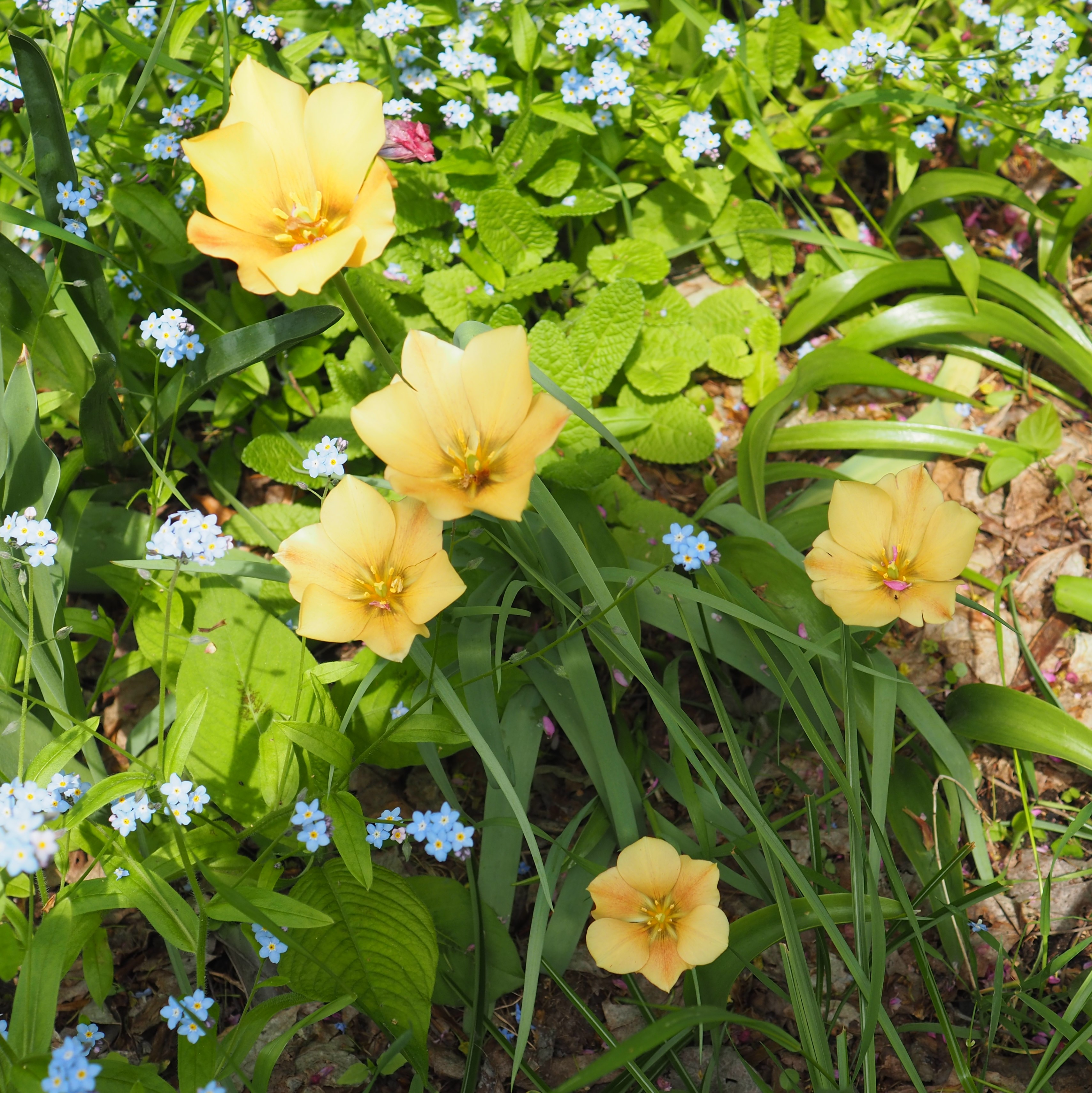
So it's been a busy week in our small yard. I hope everyone will have a wonderful week and feel good about Life, the Universe and Everything!
Love, Martha
Back to May 19, 2019
Forward to June 2, 2019
Back to main menu
copyright Martha O'Kennon 2019



























































































